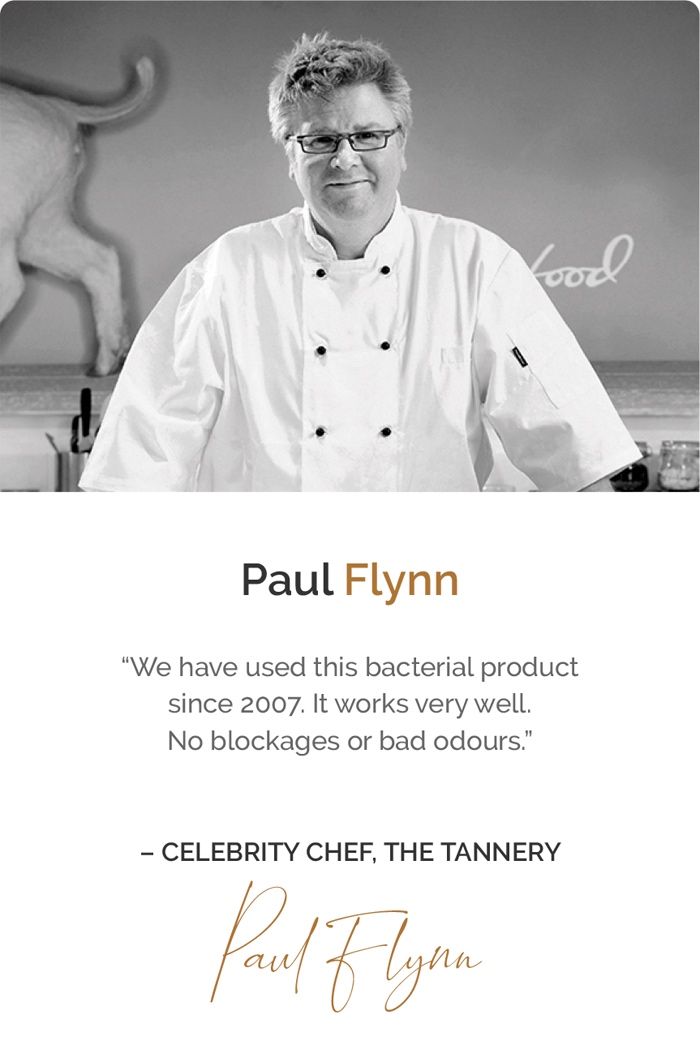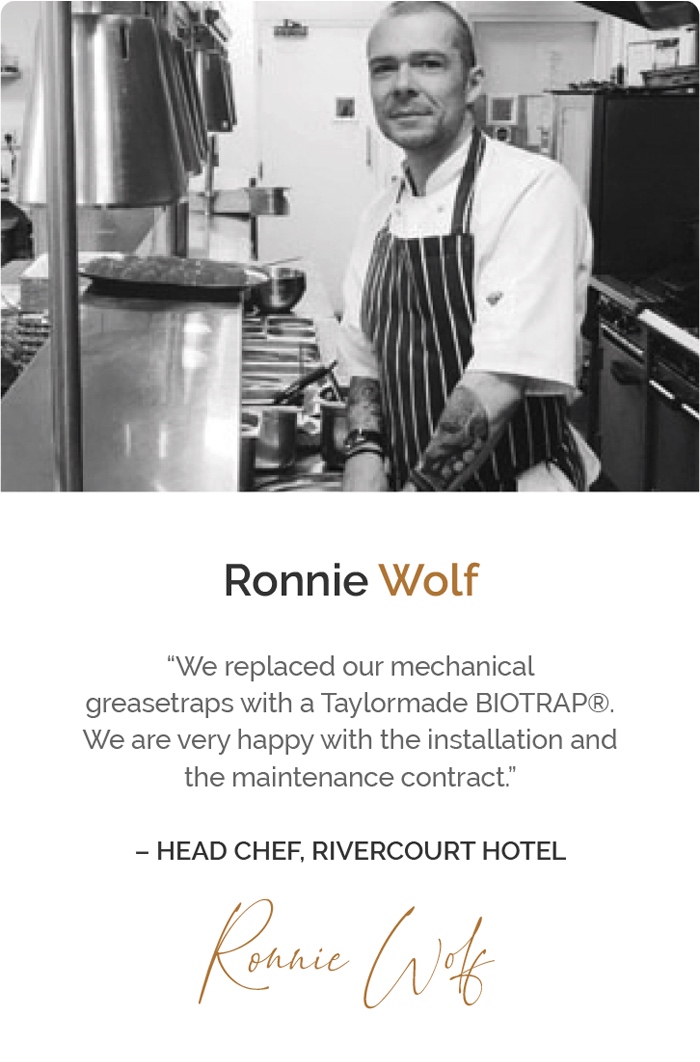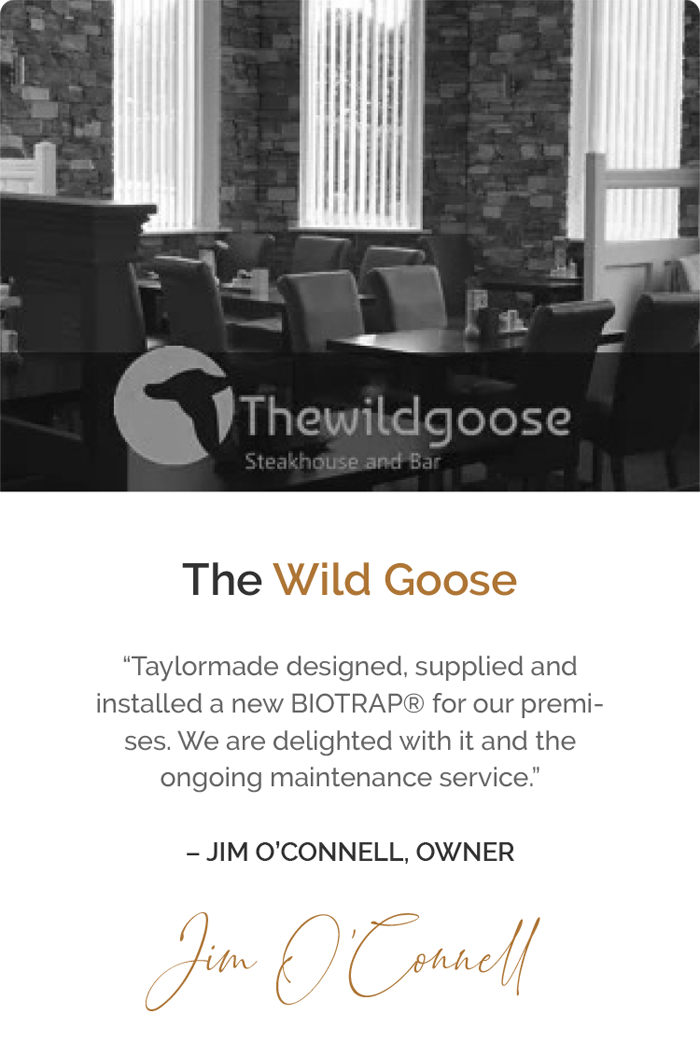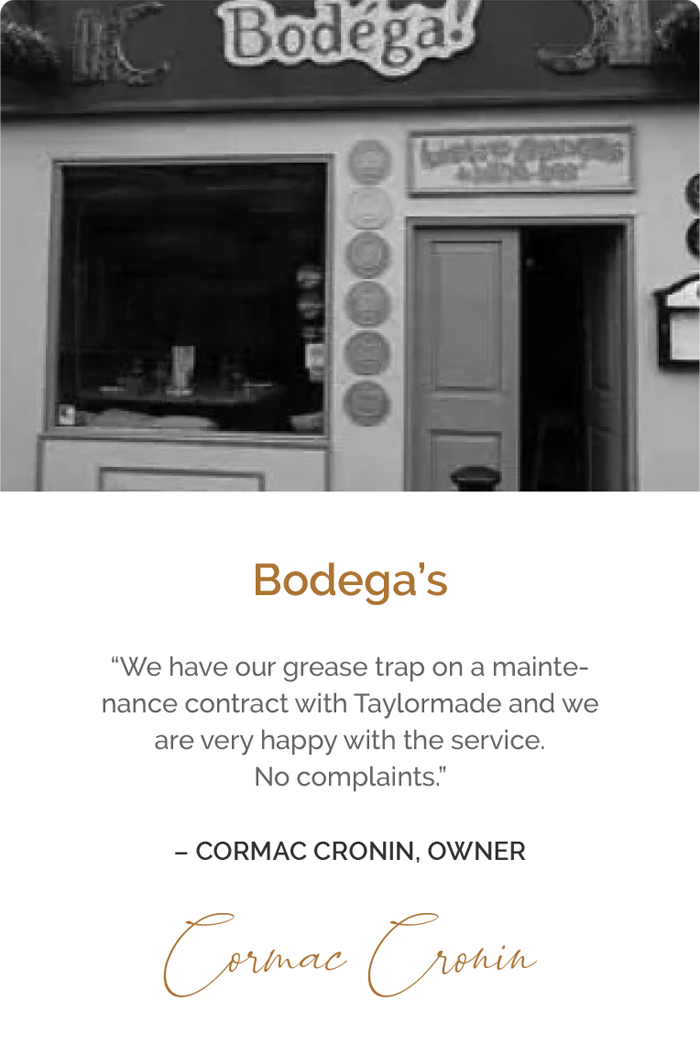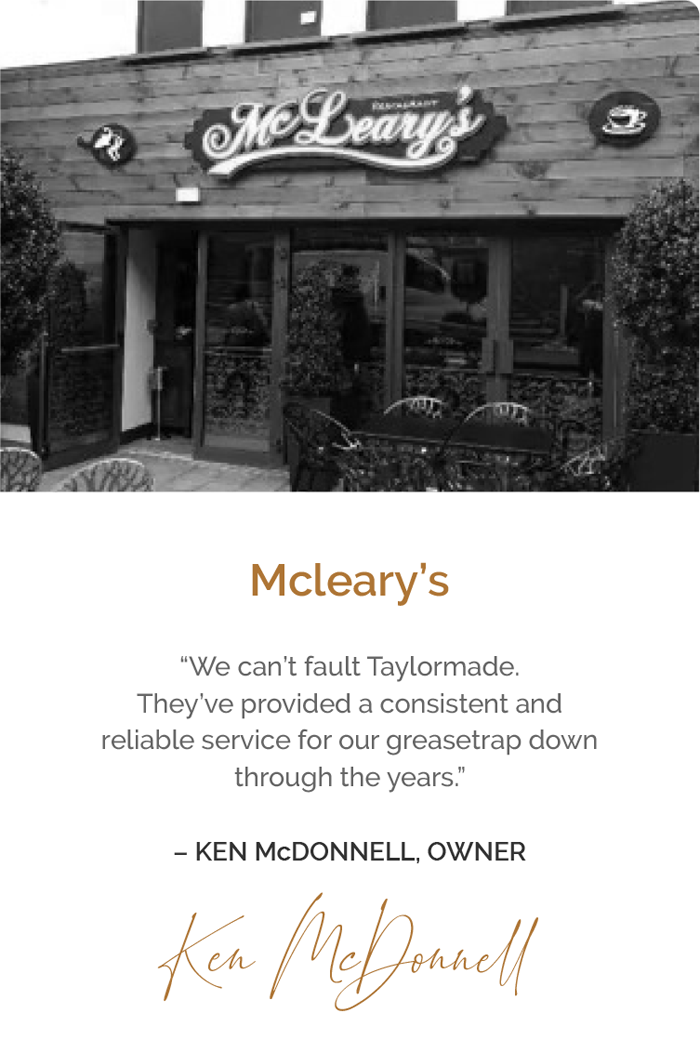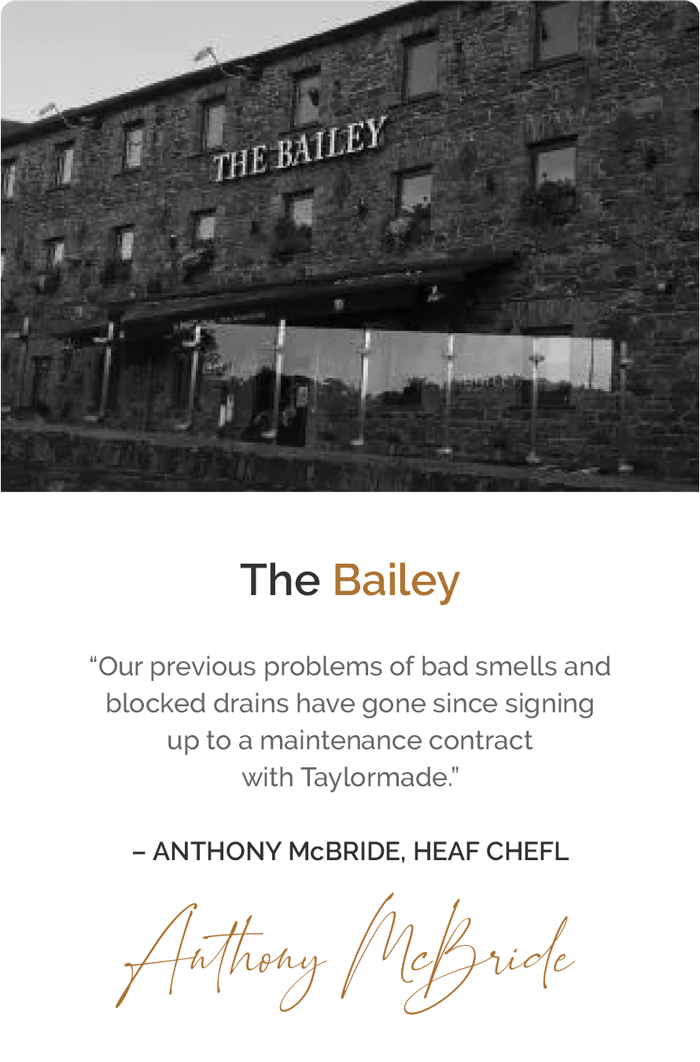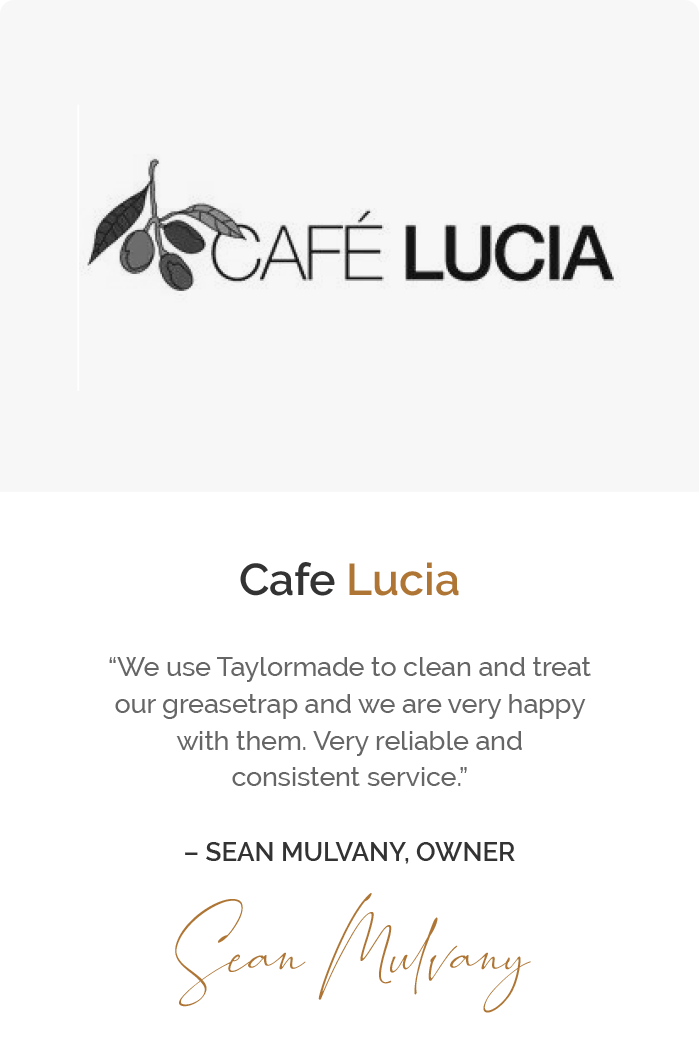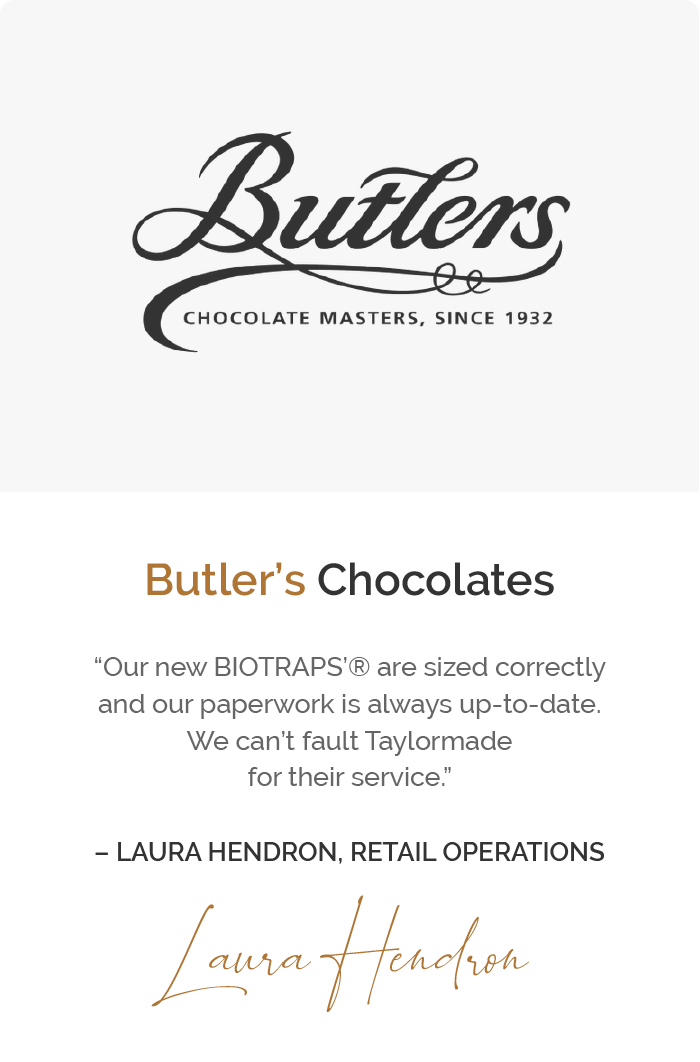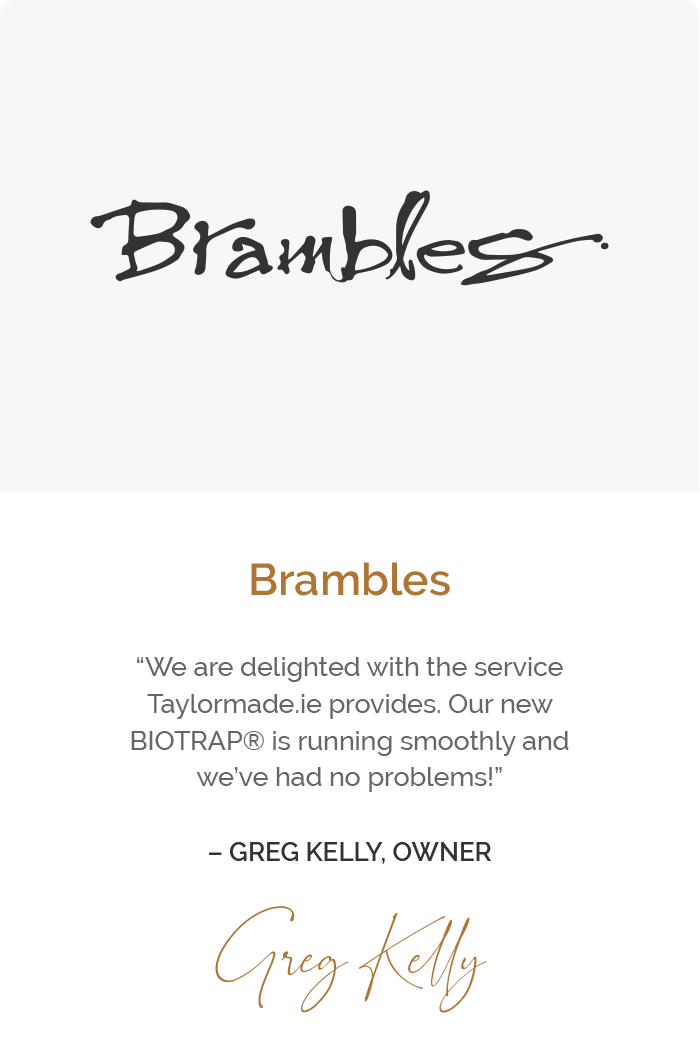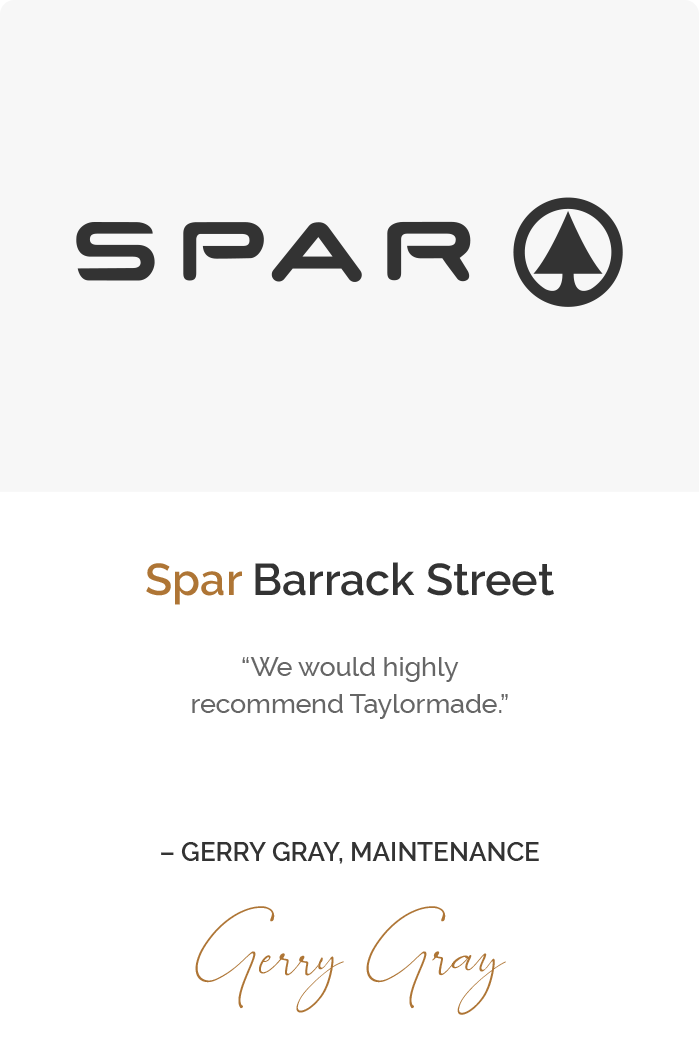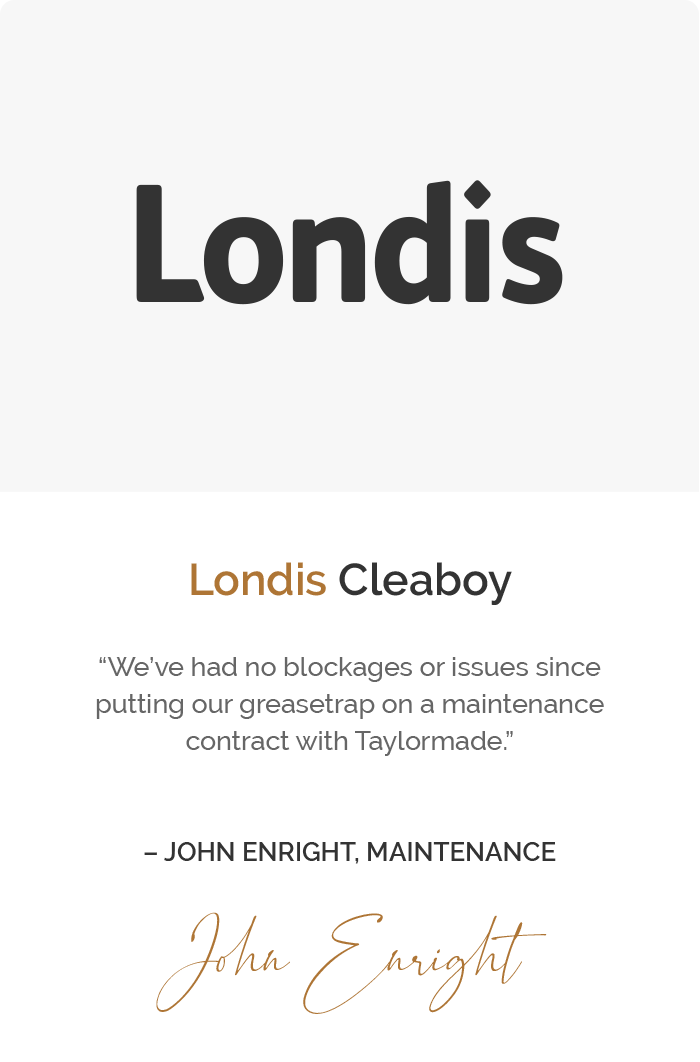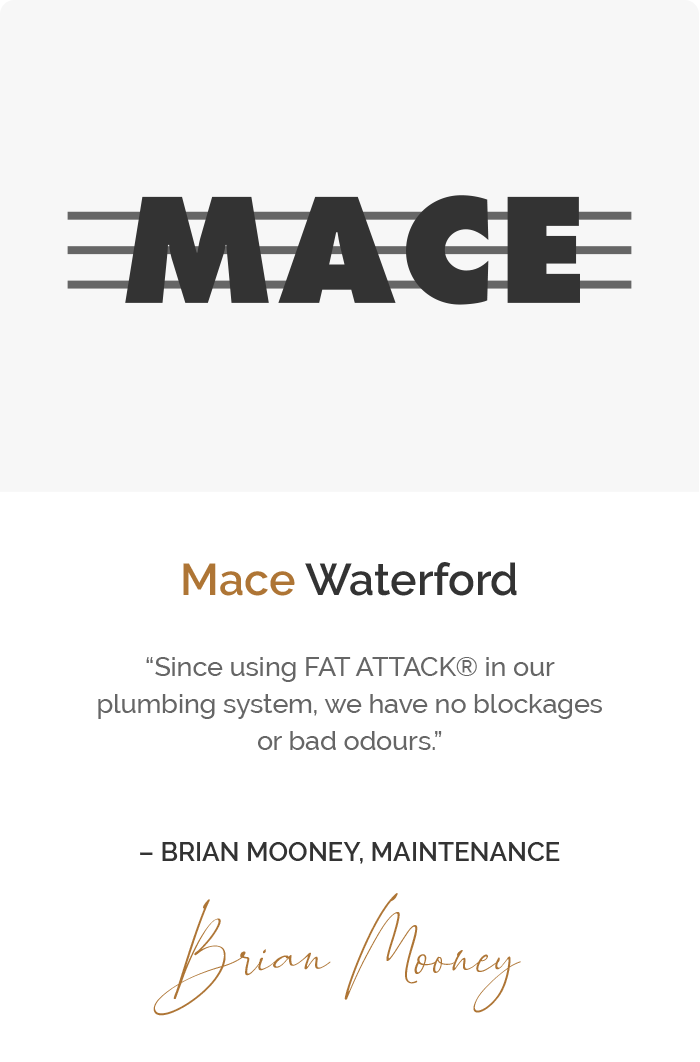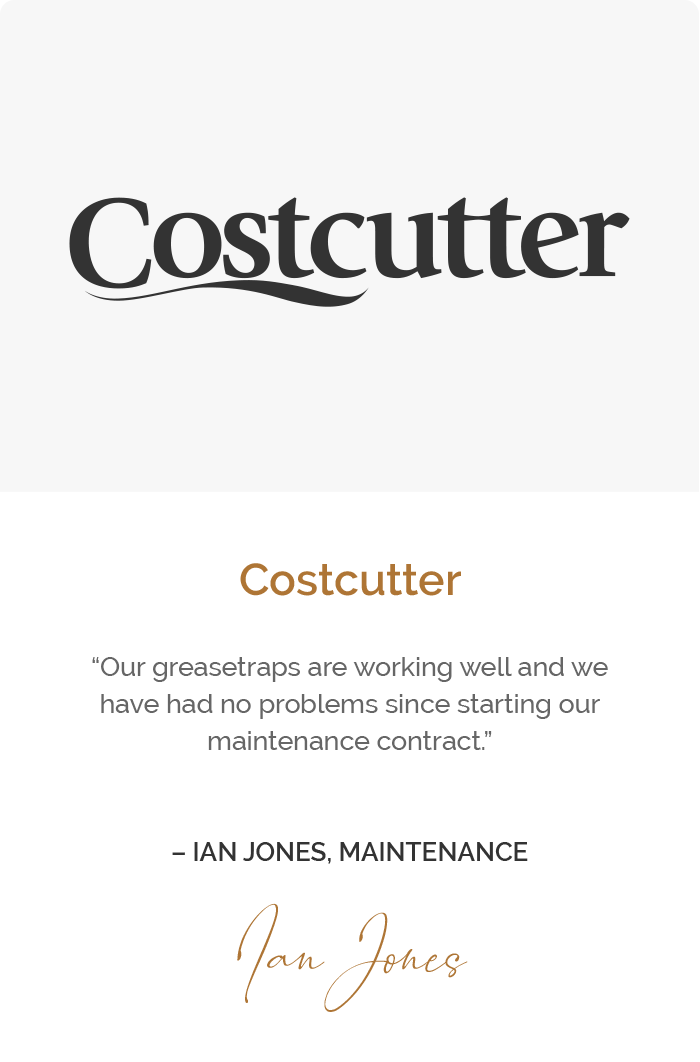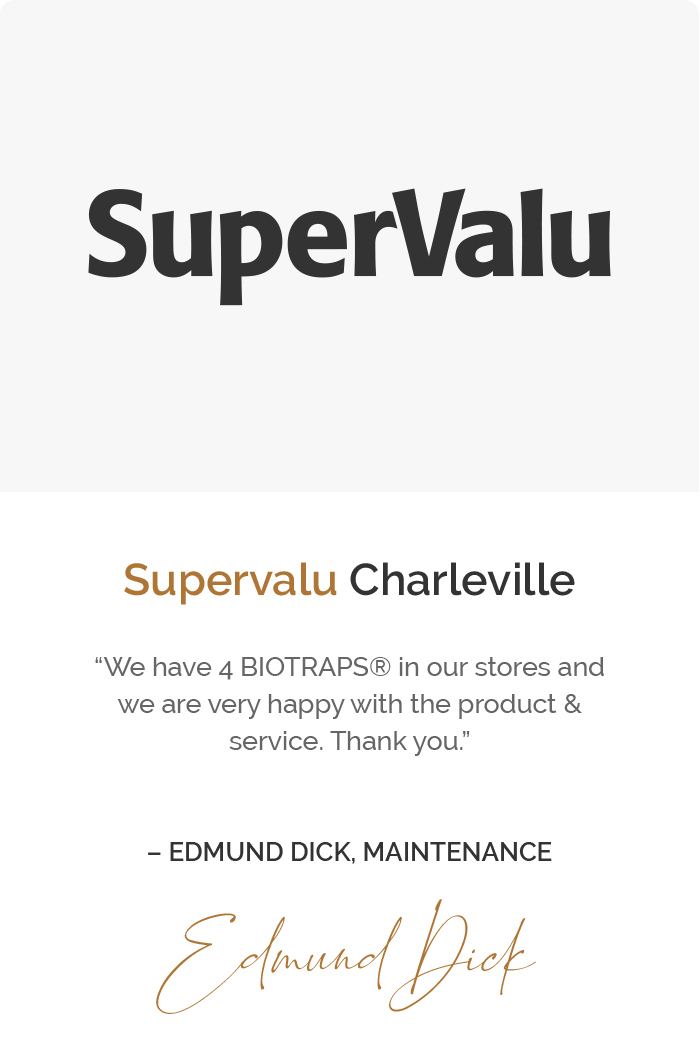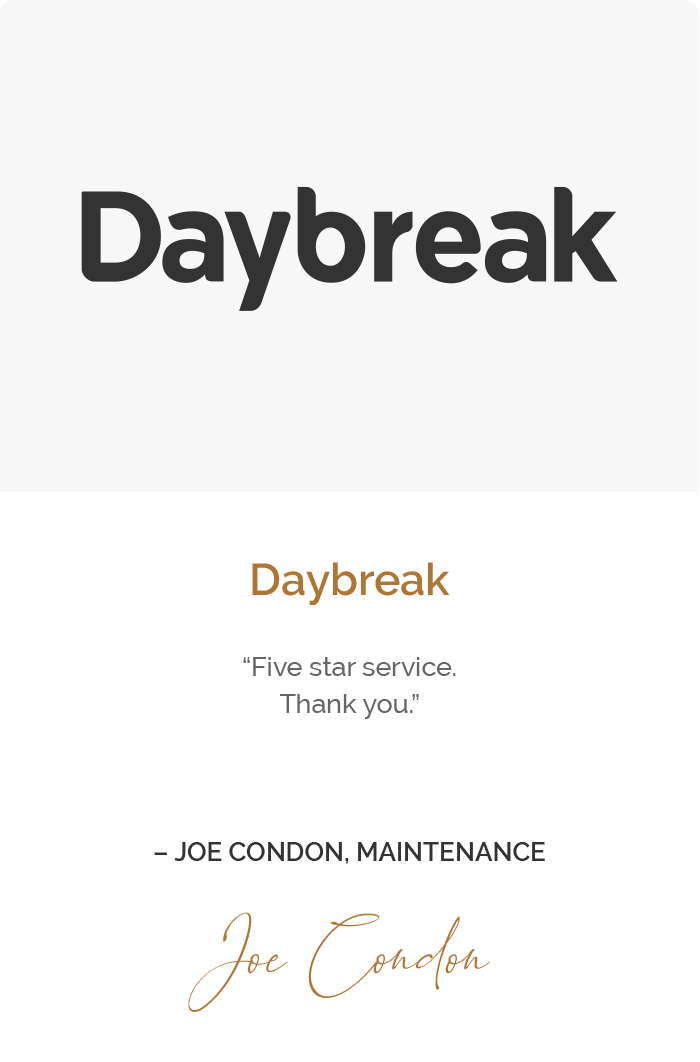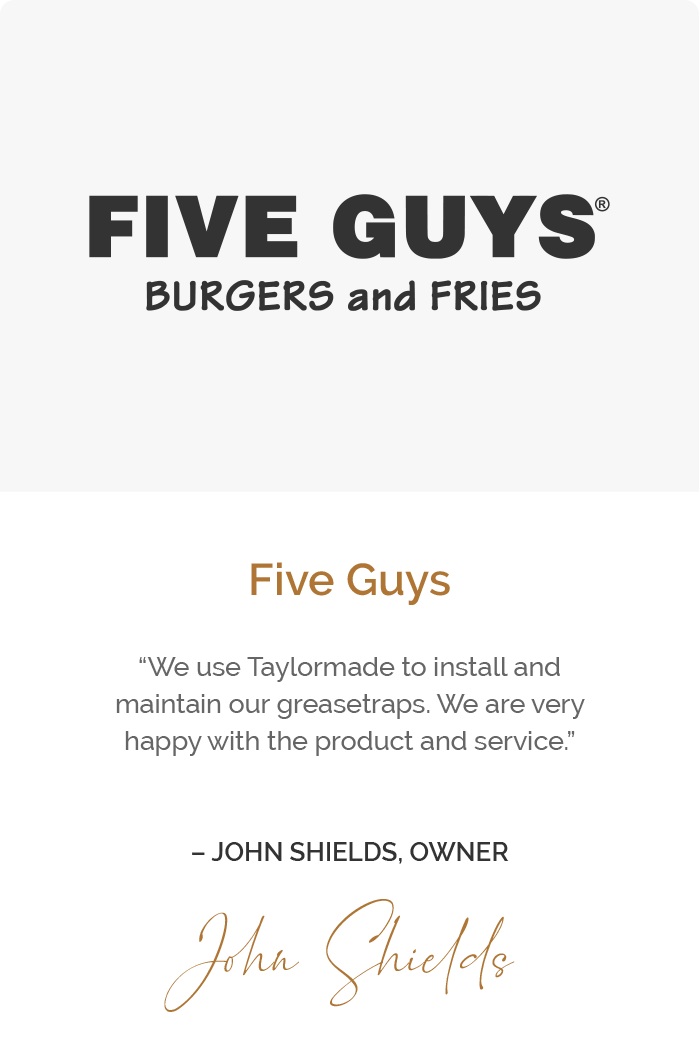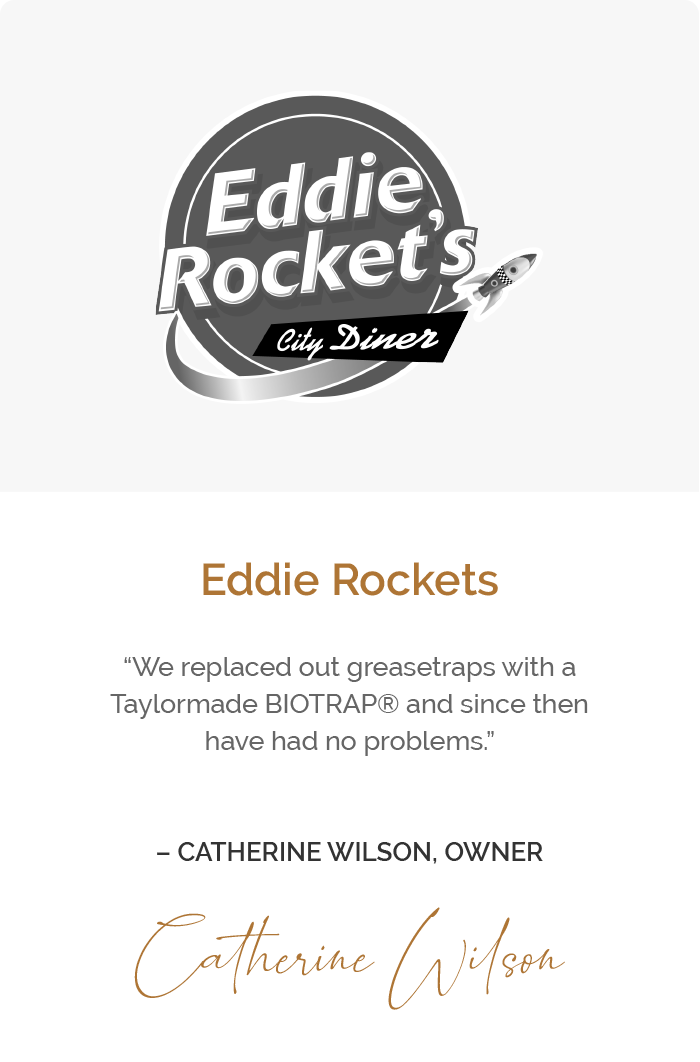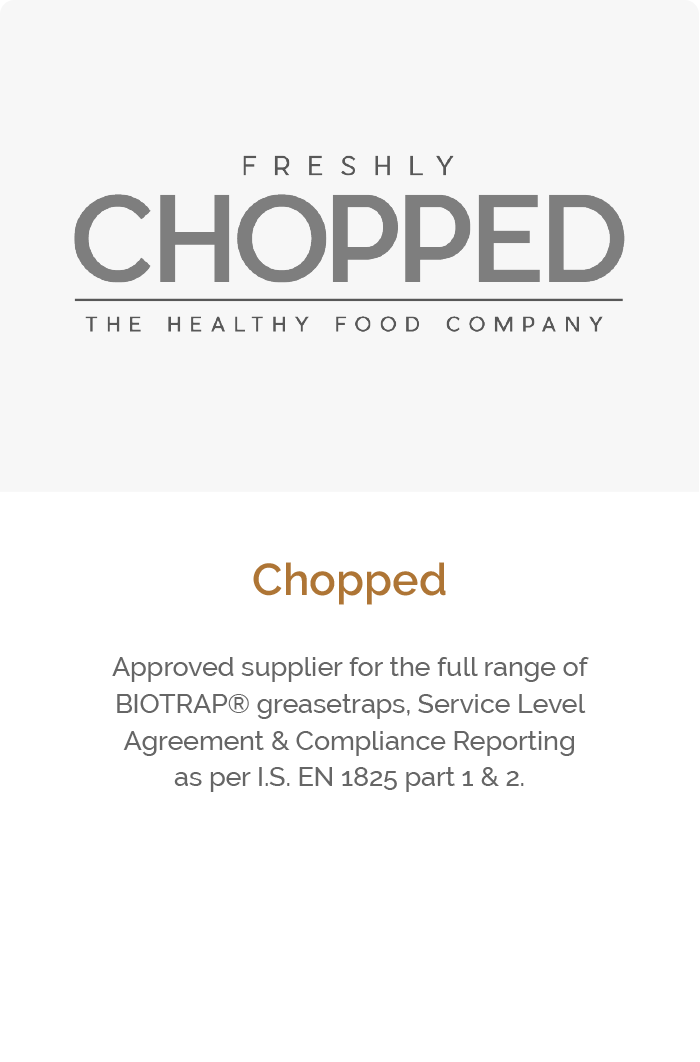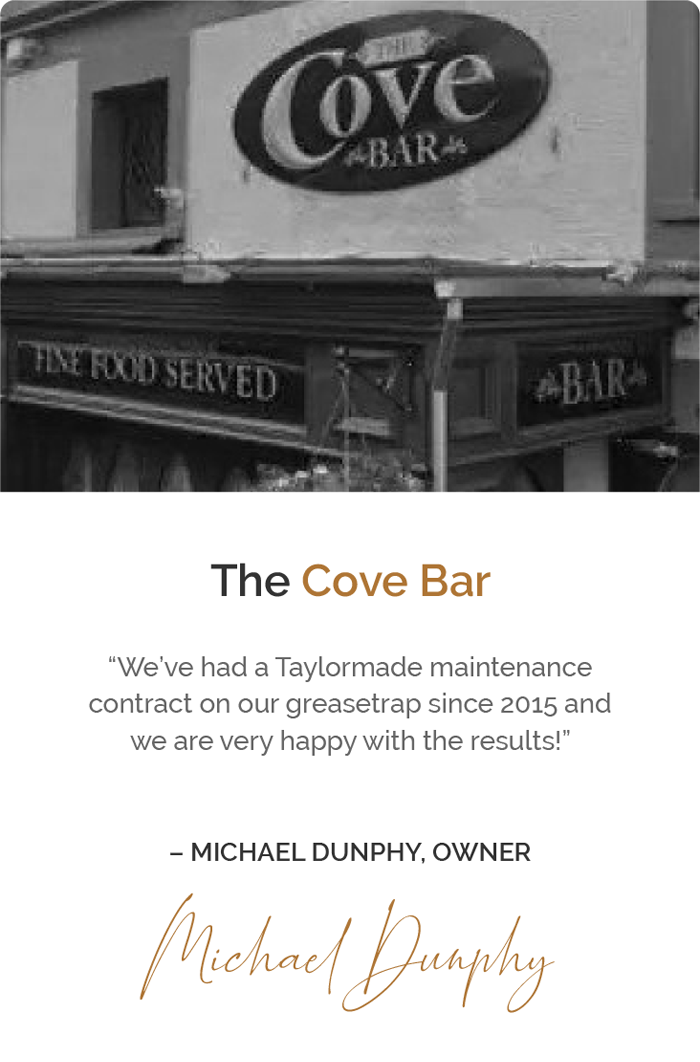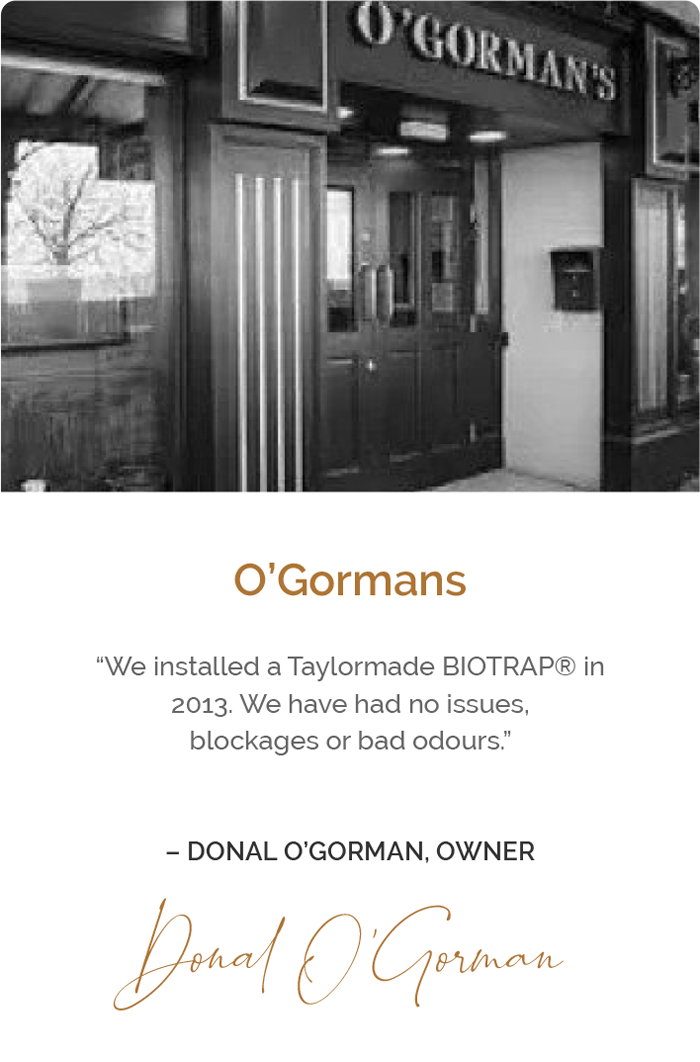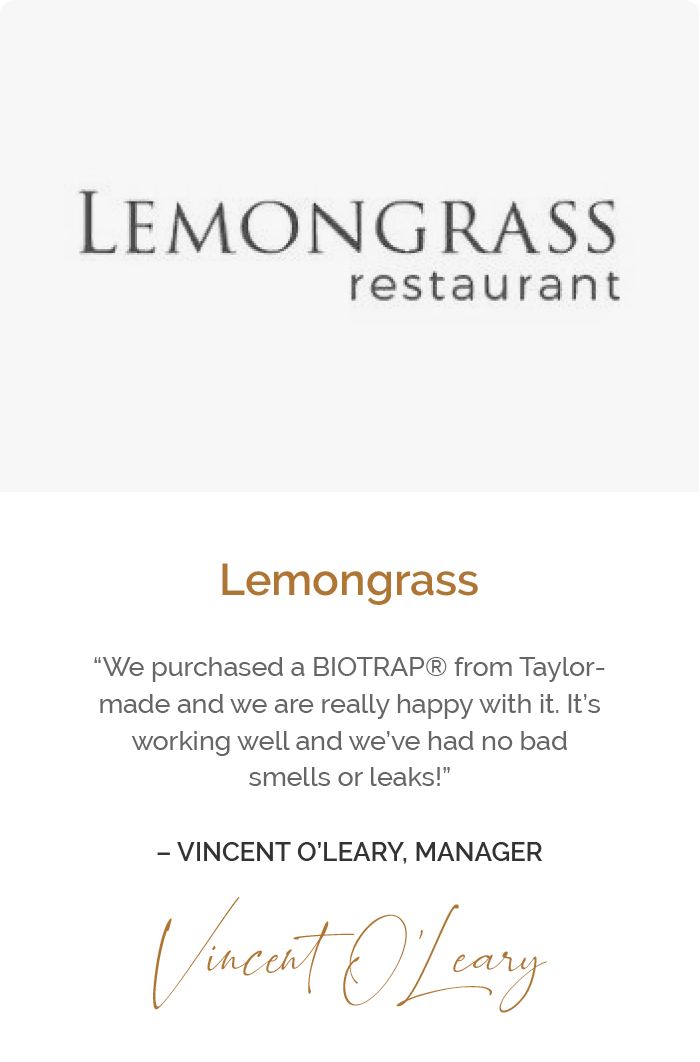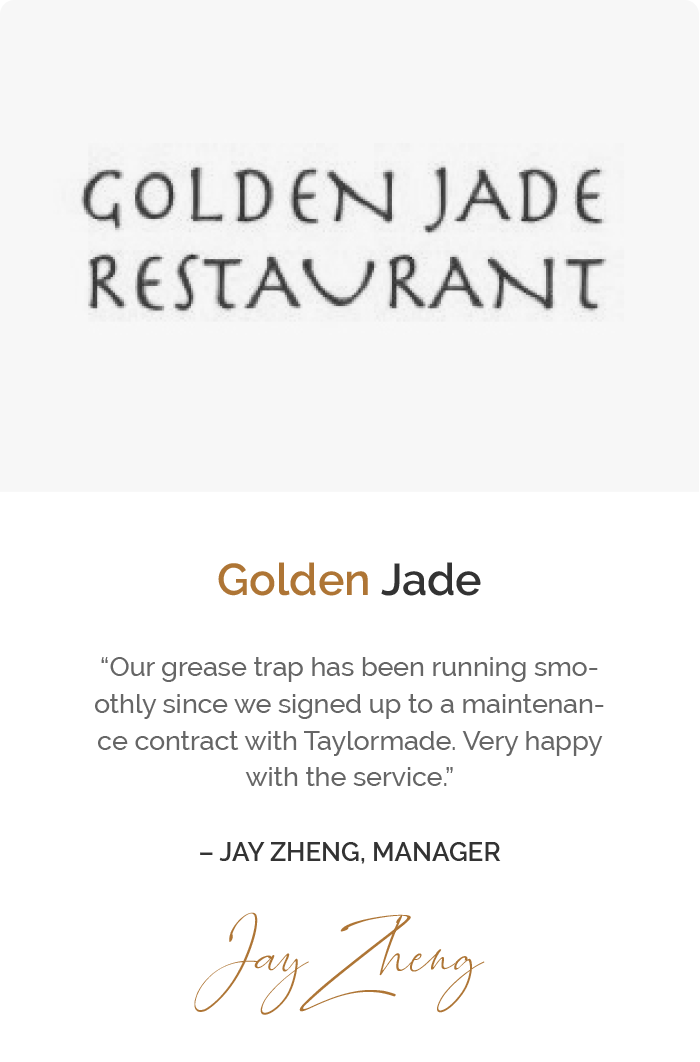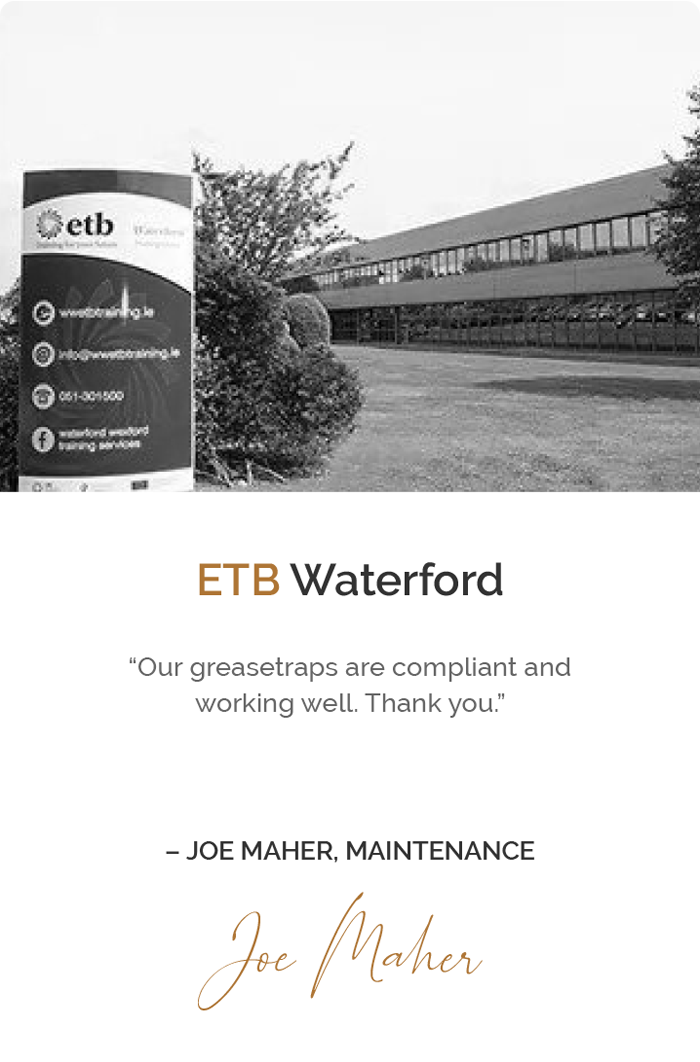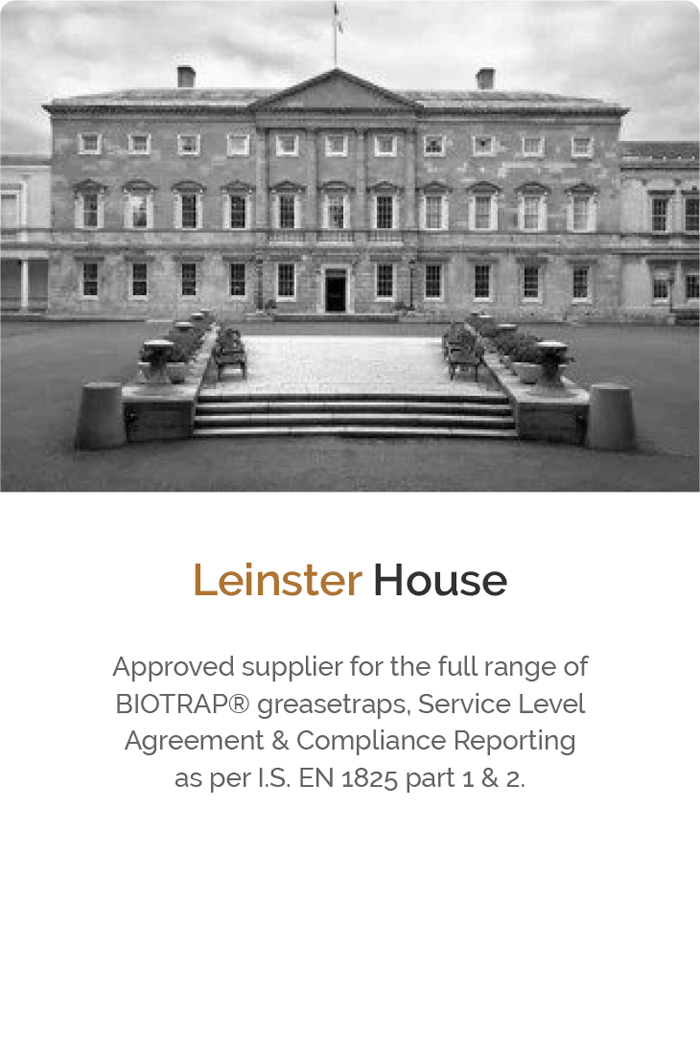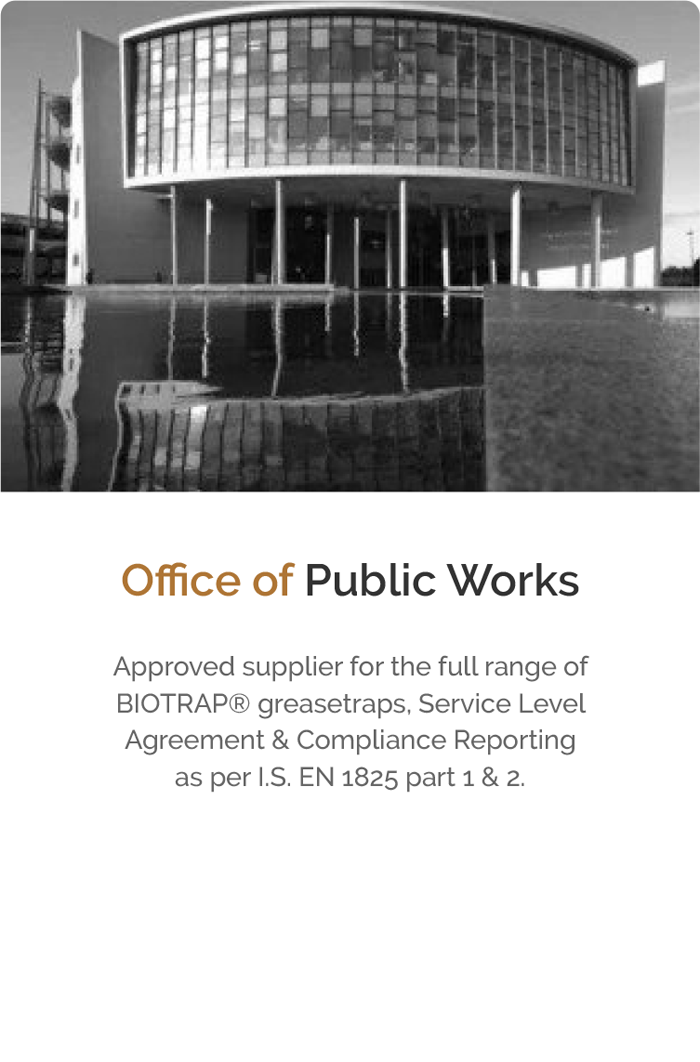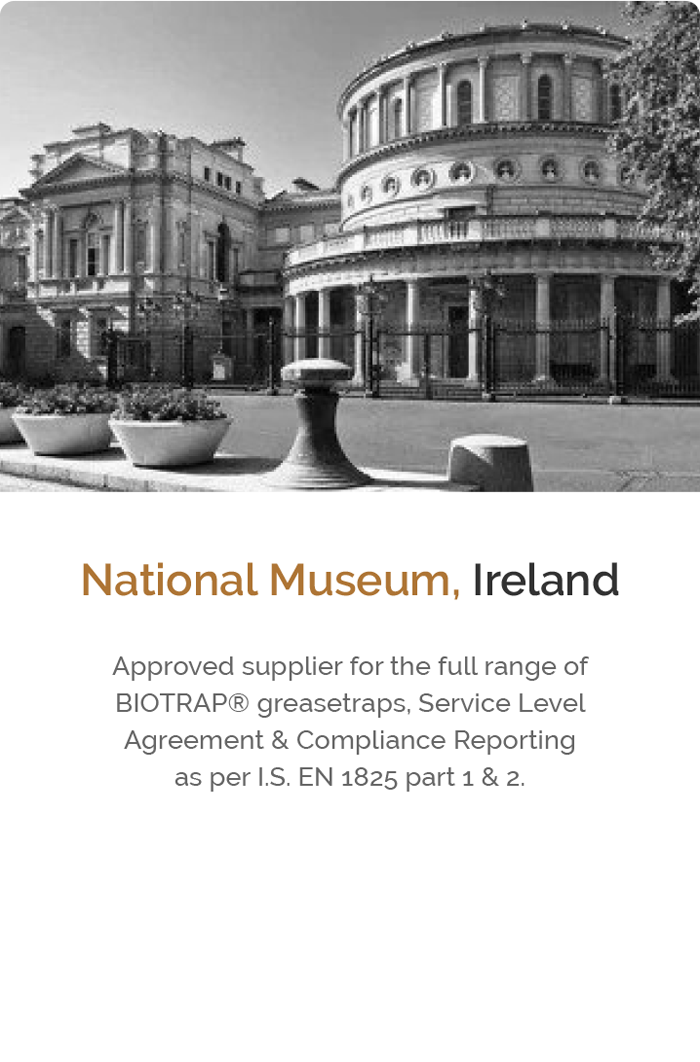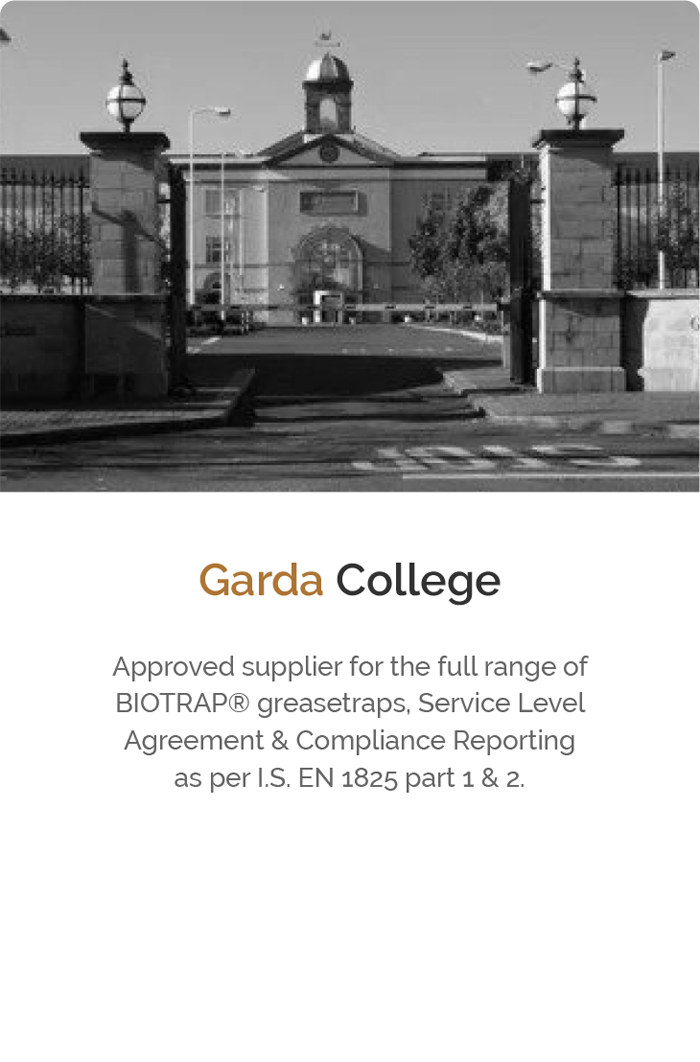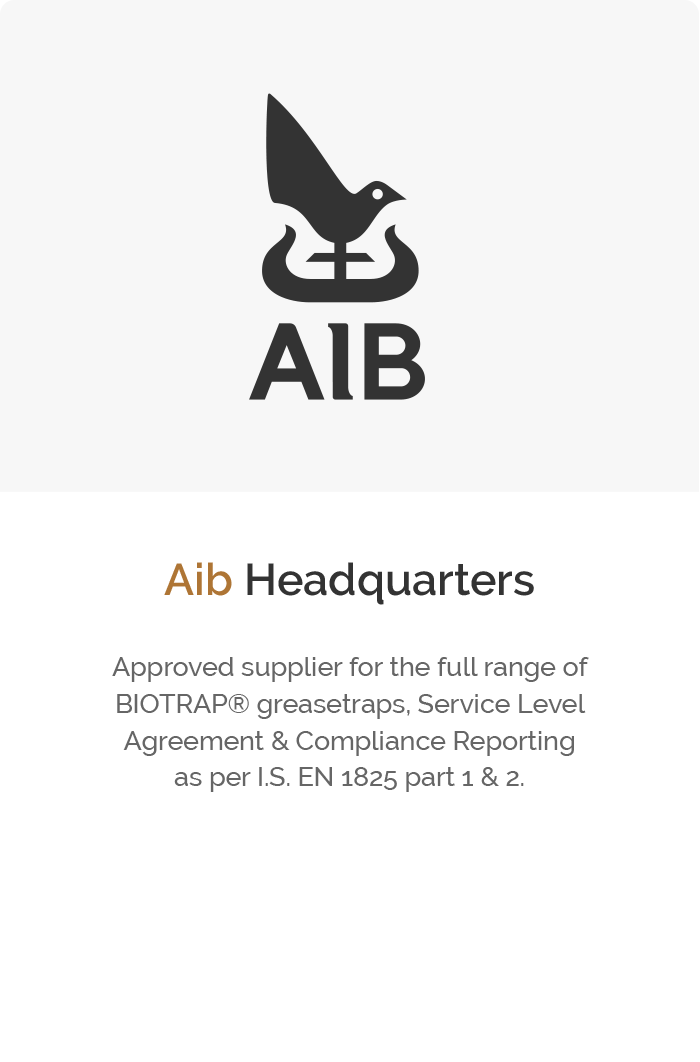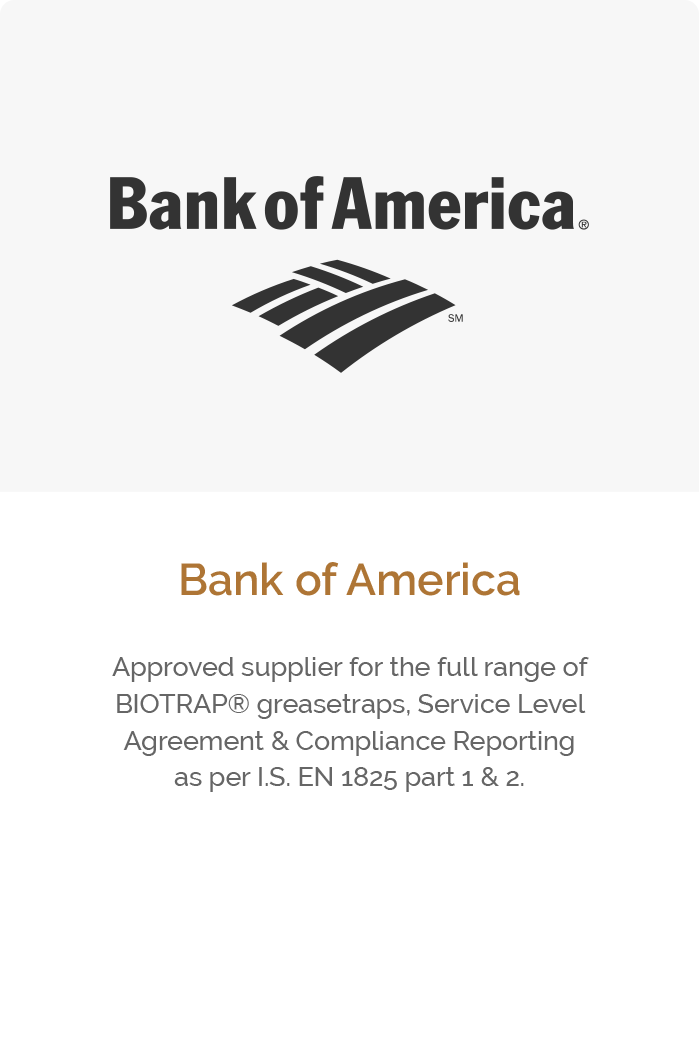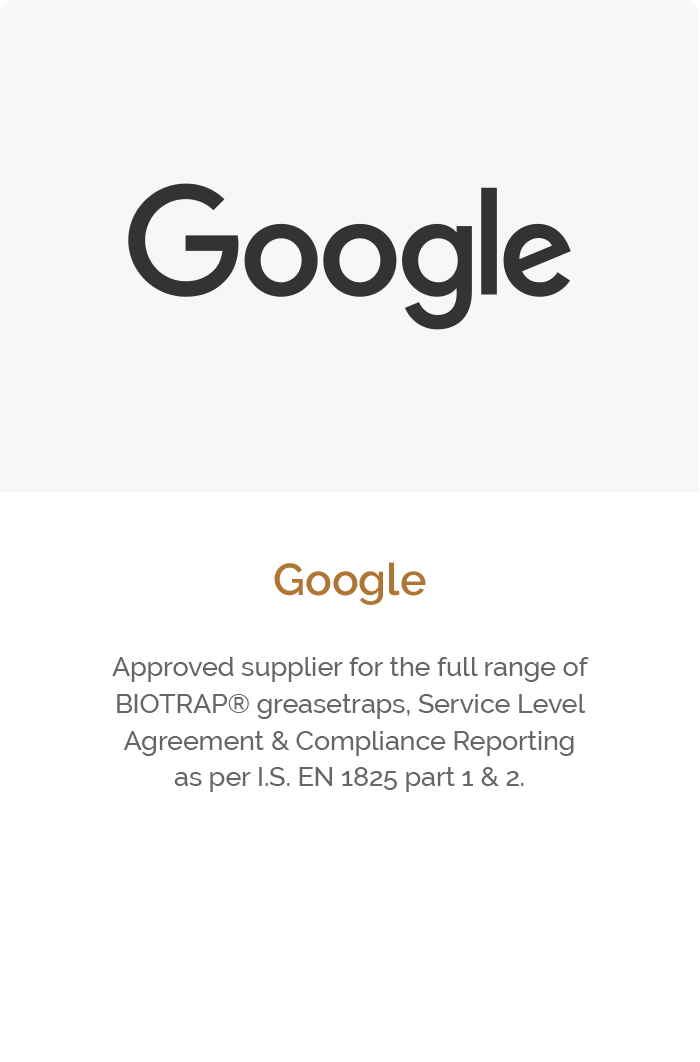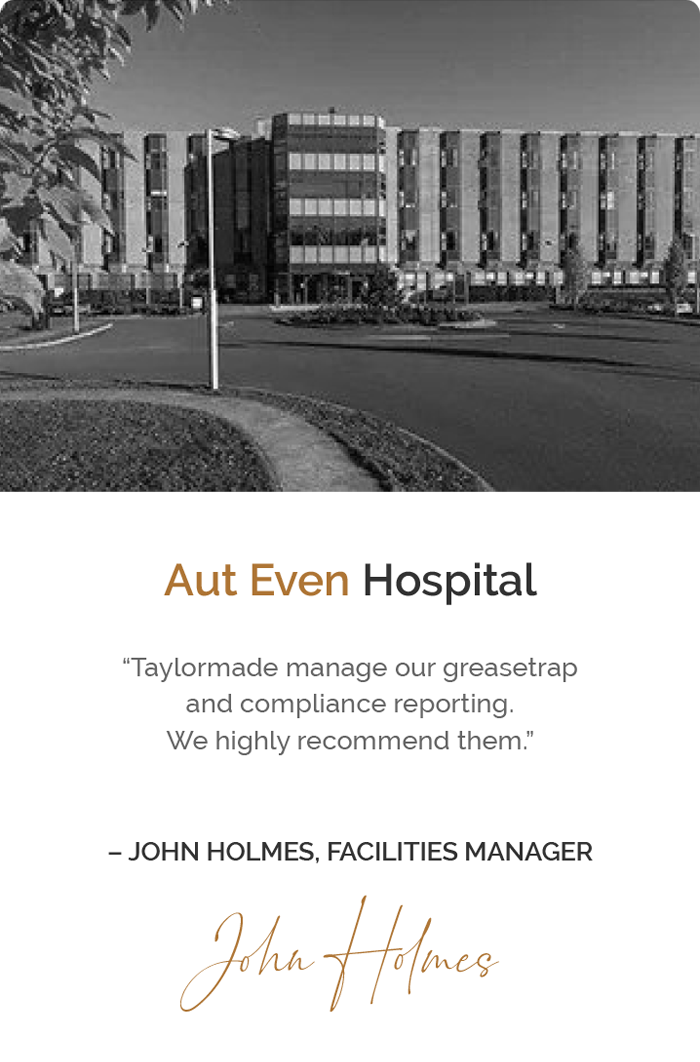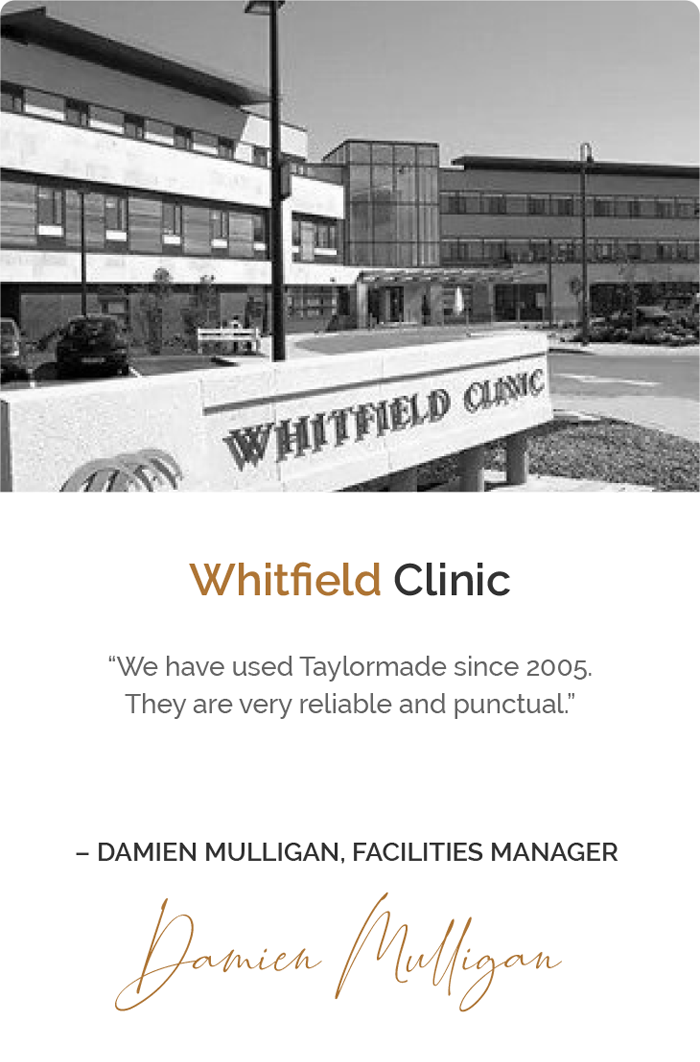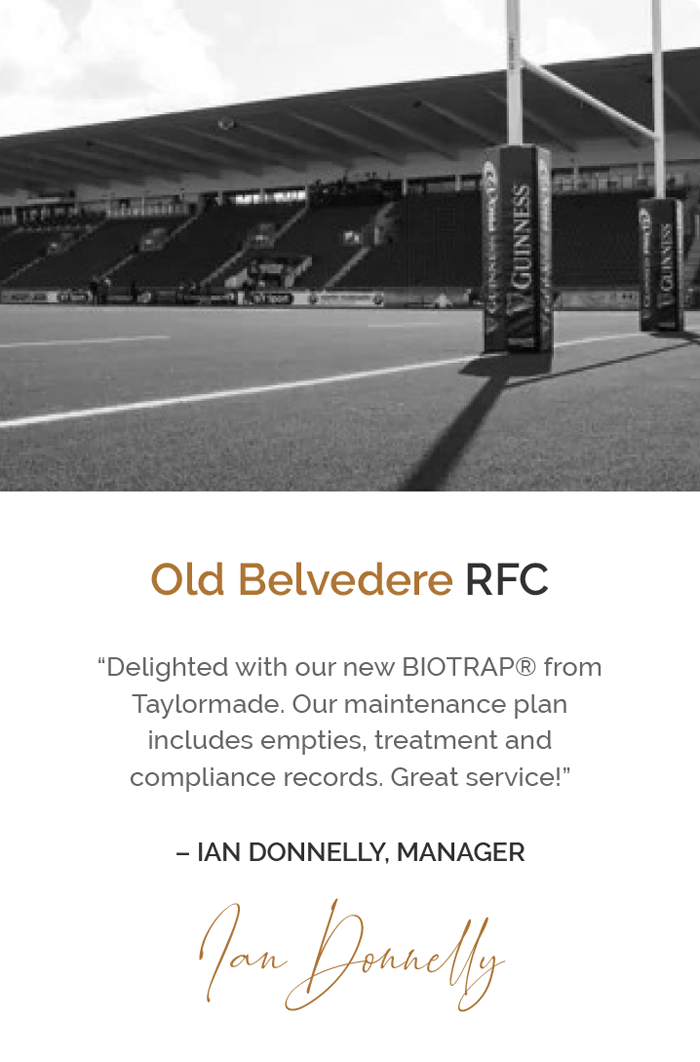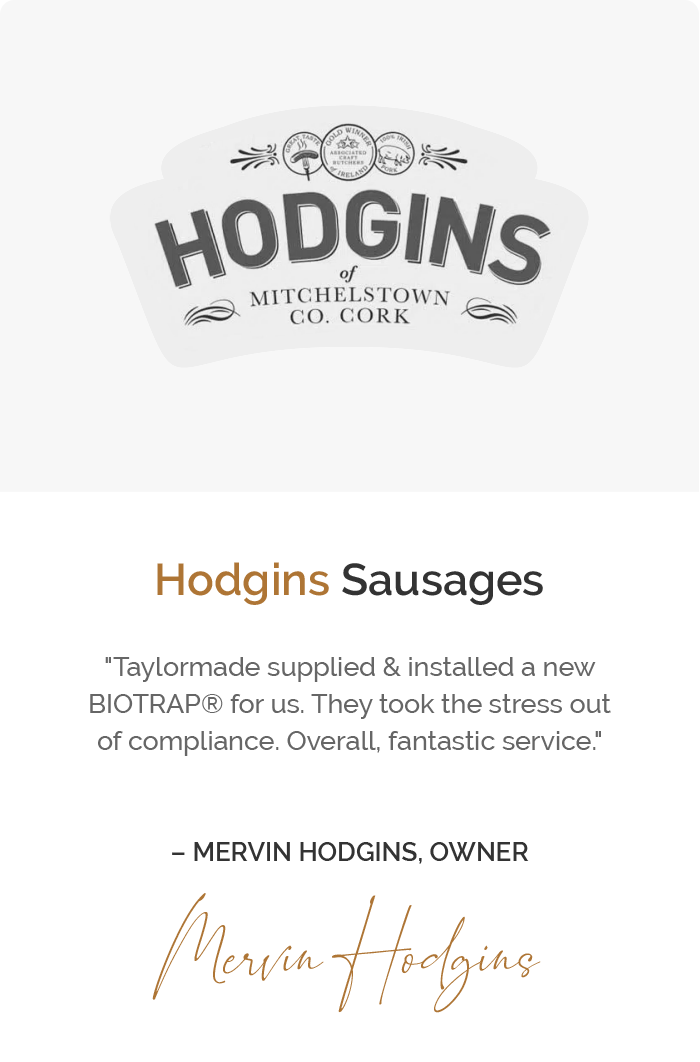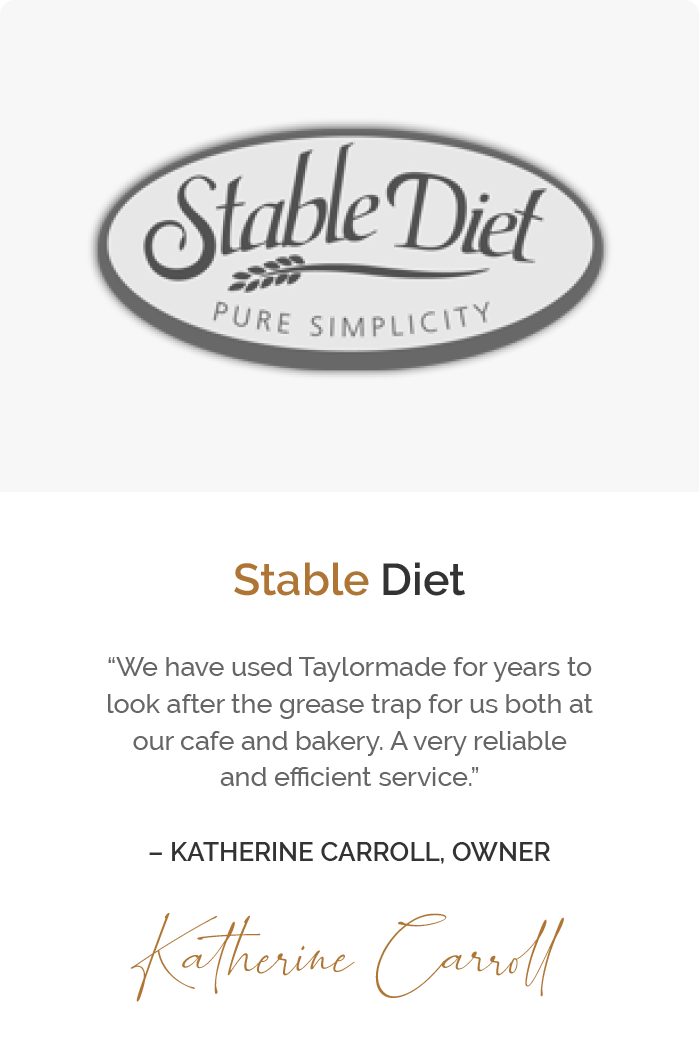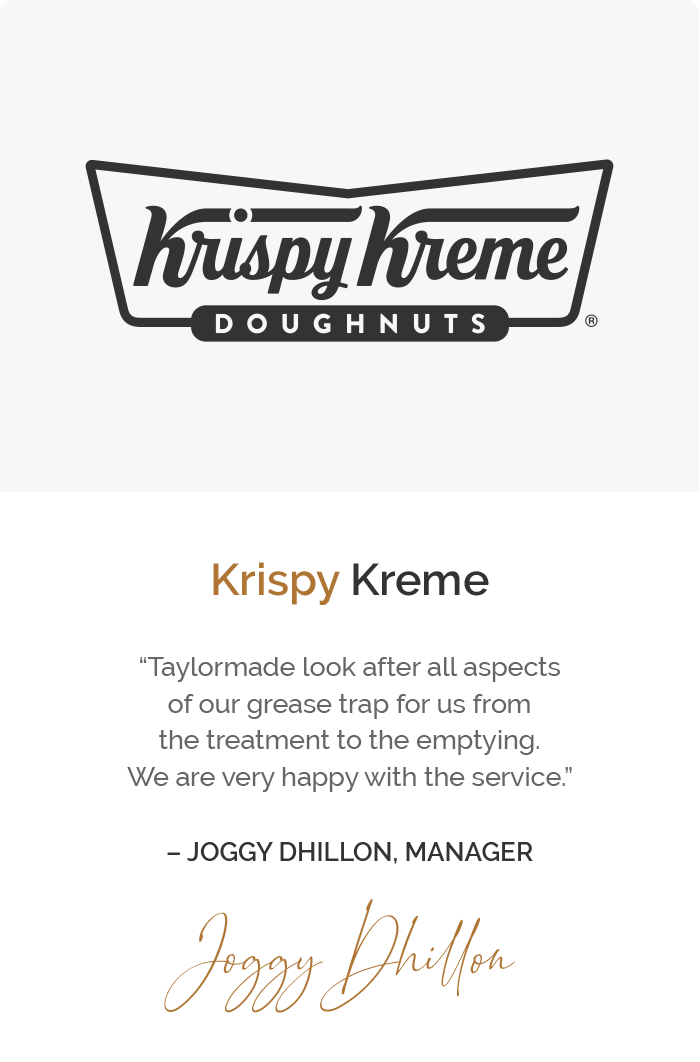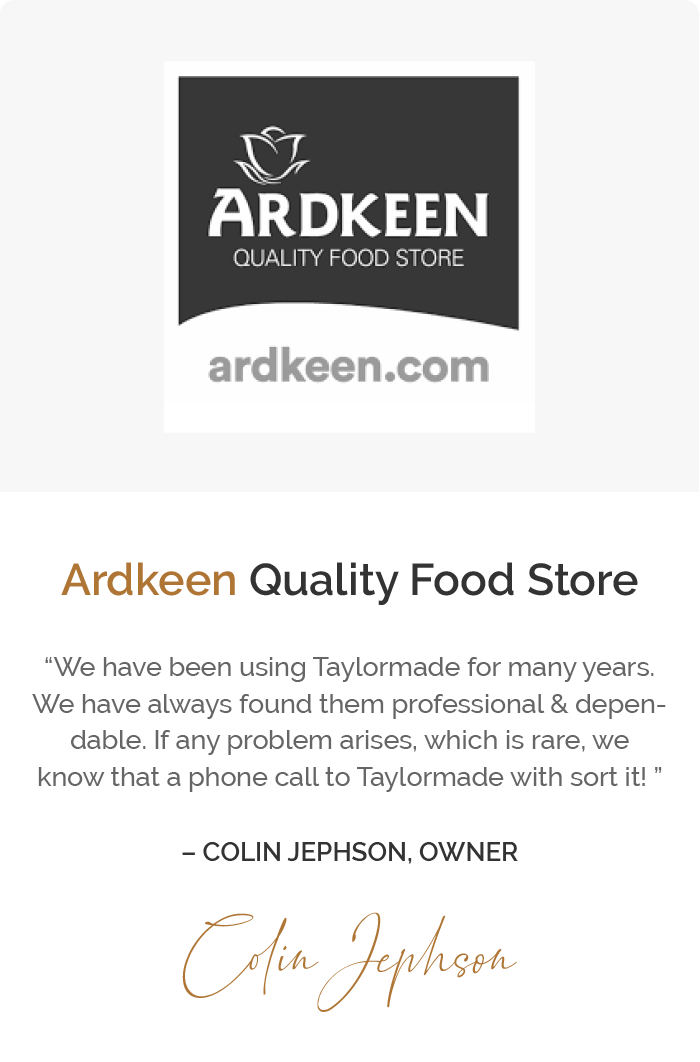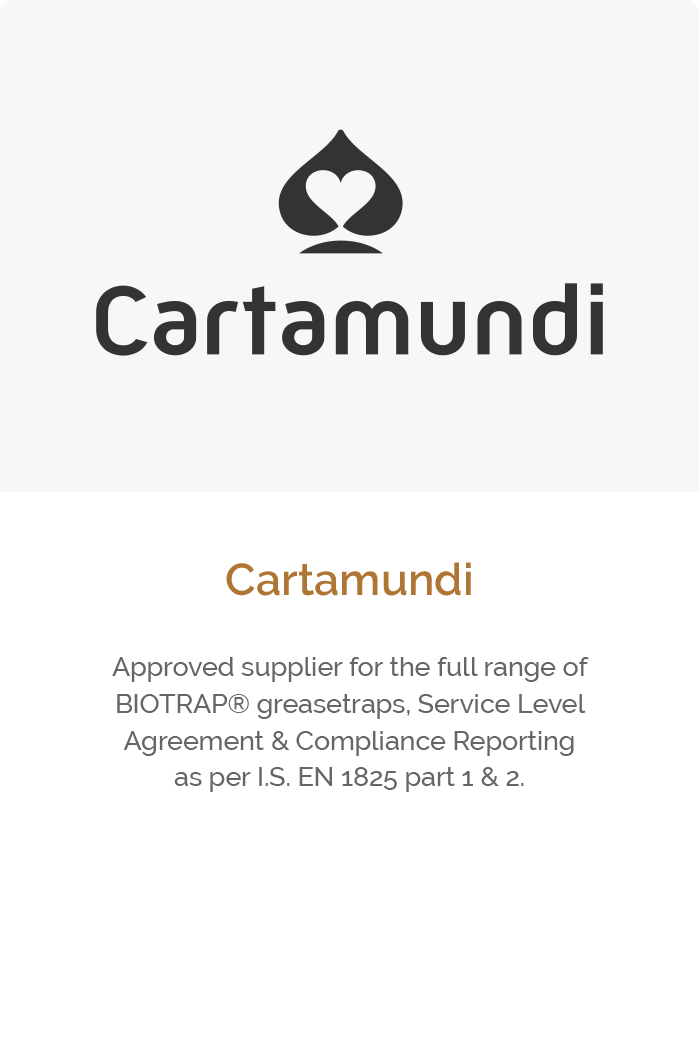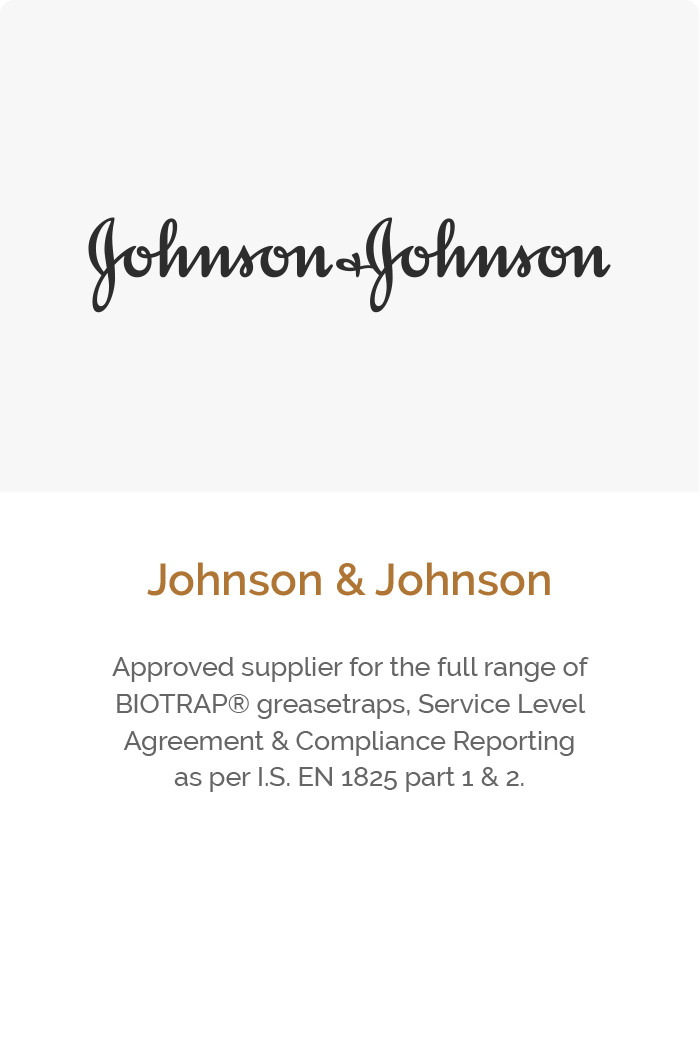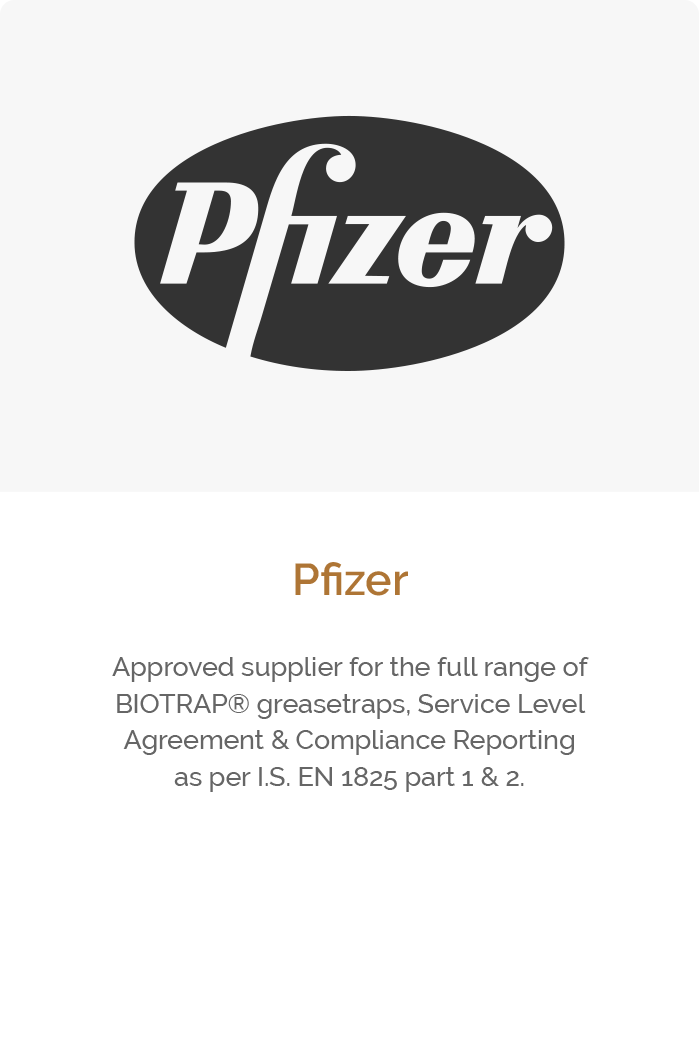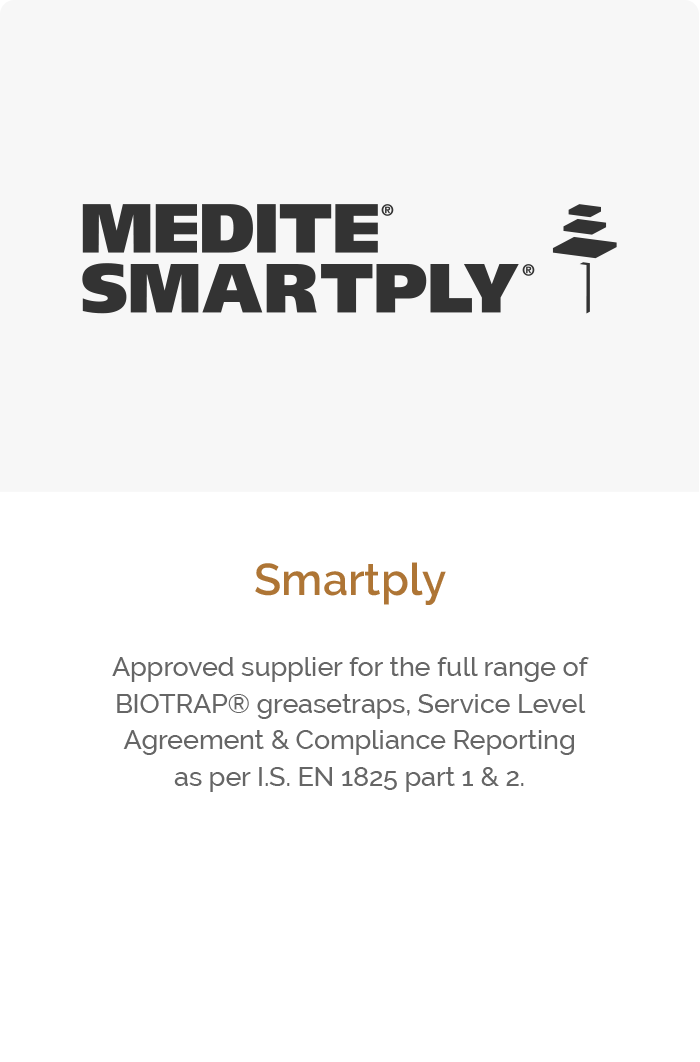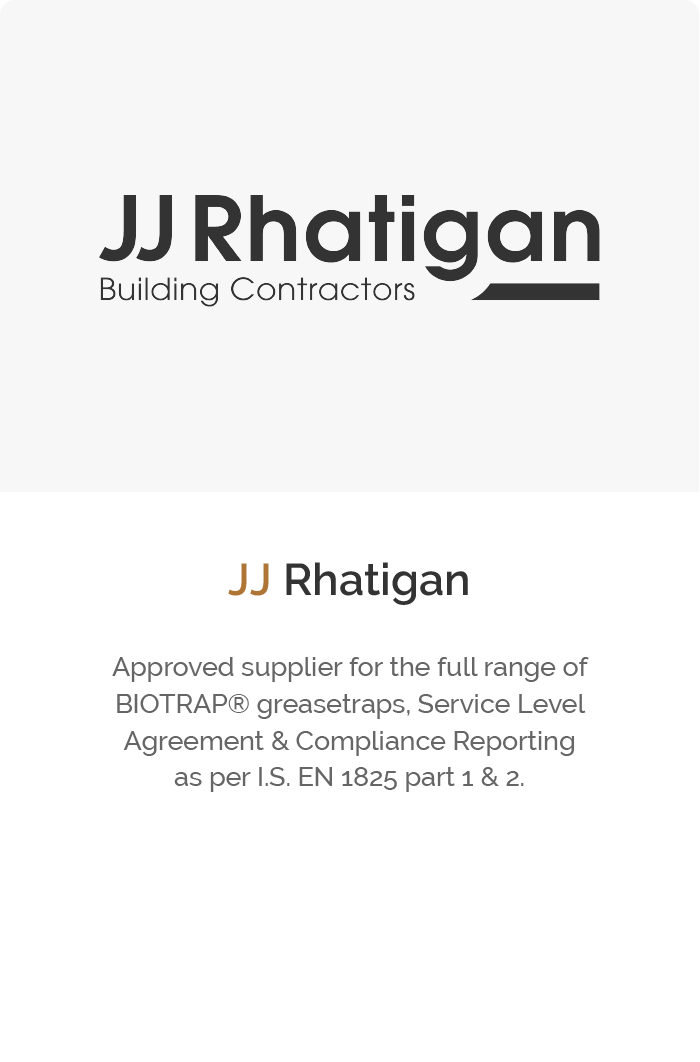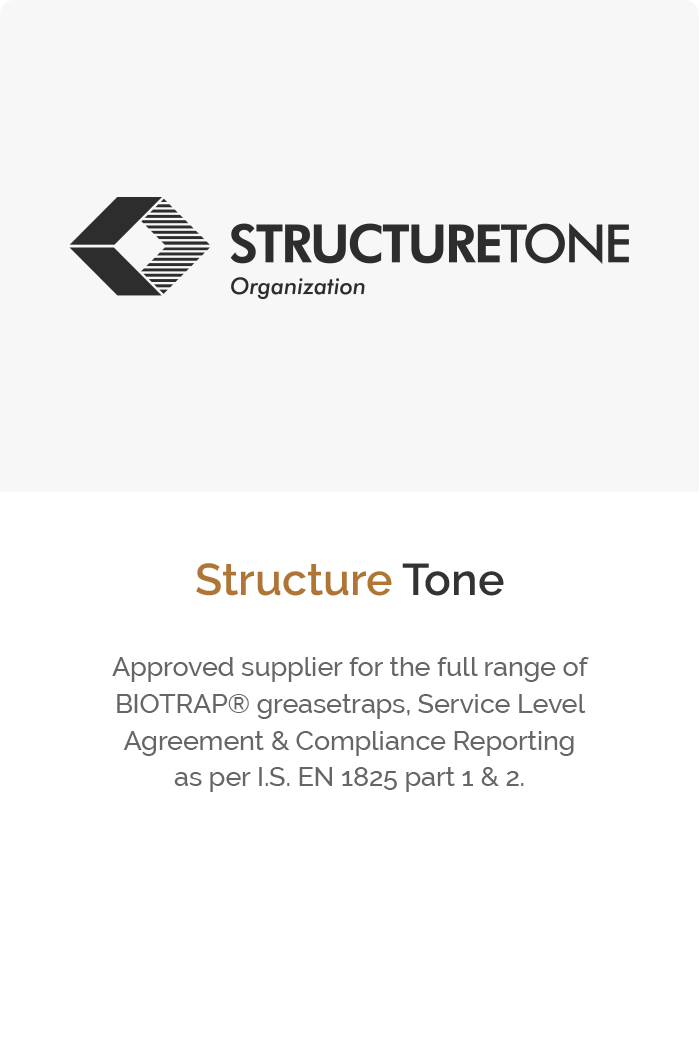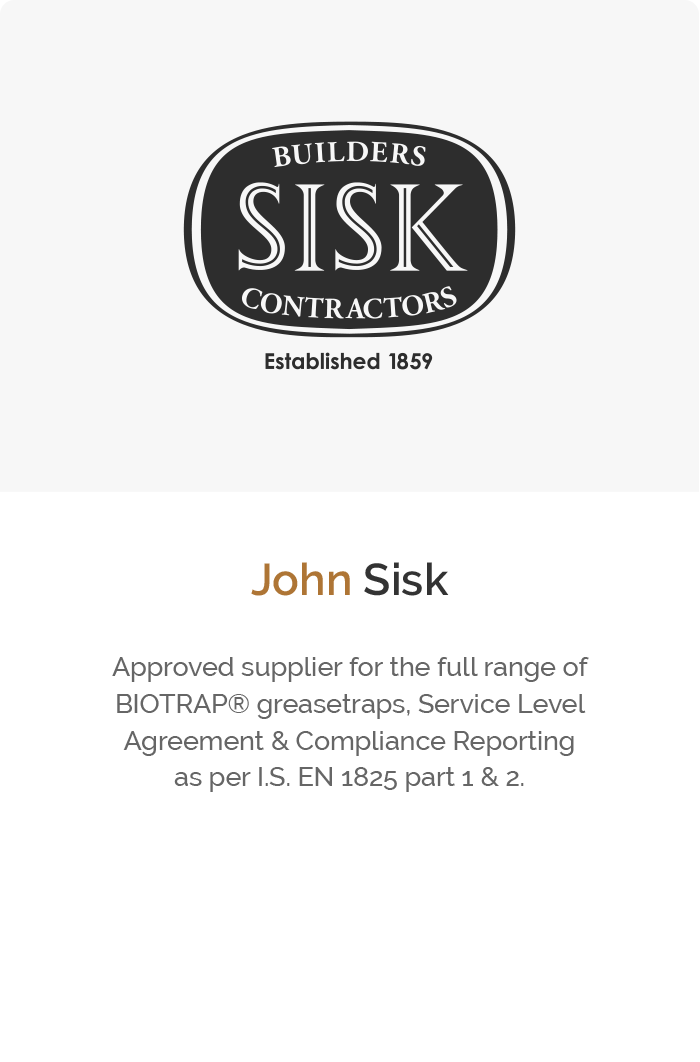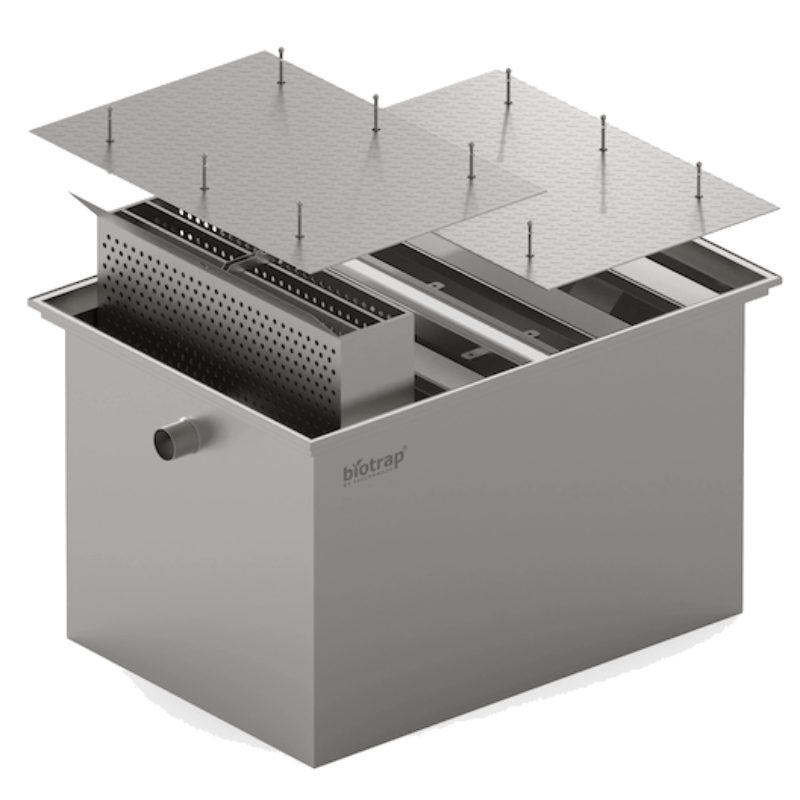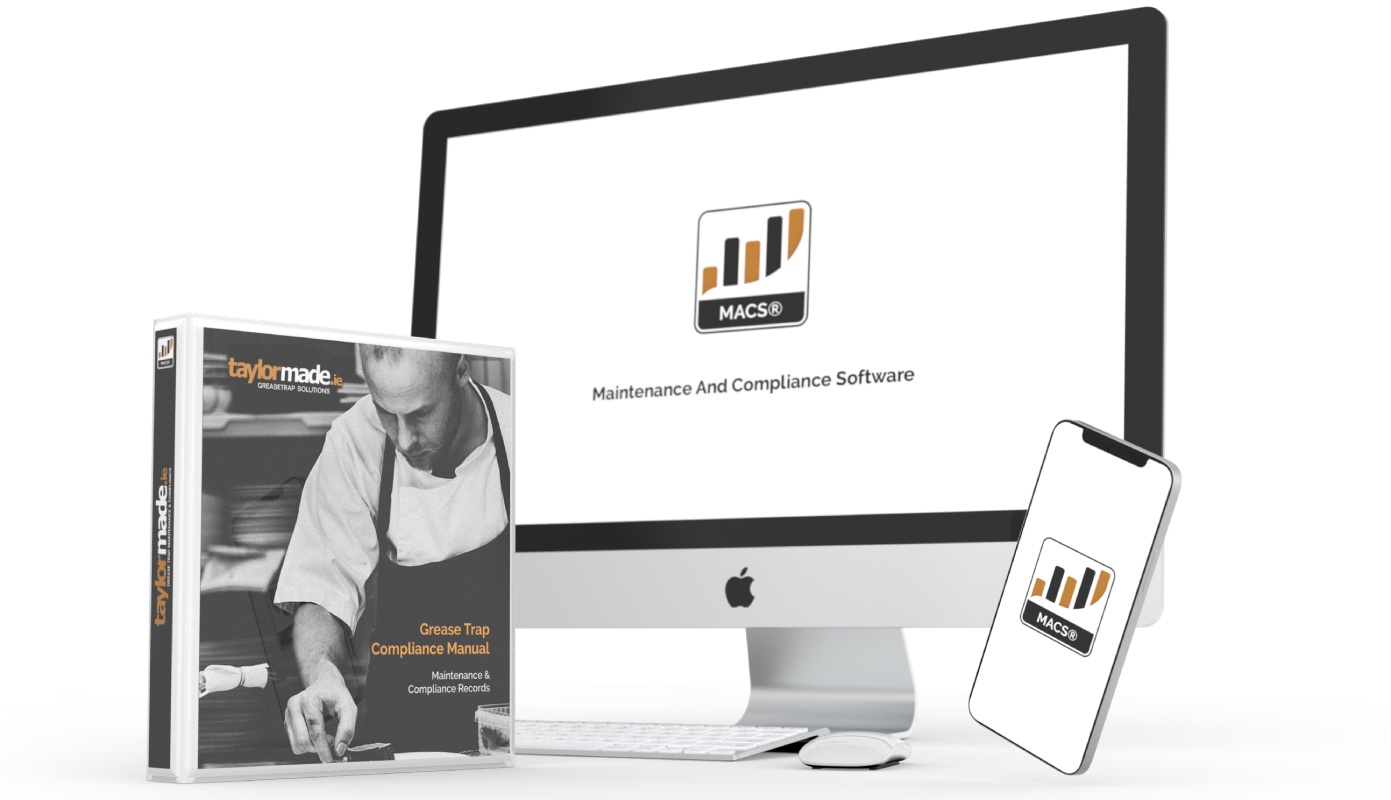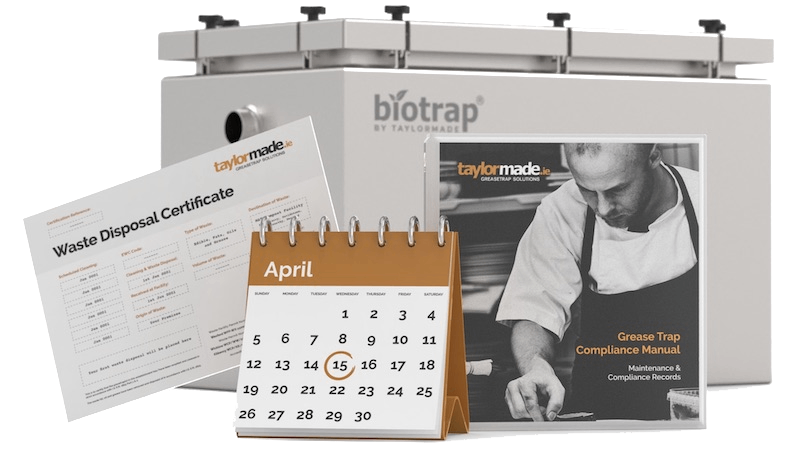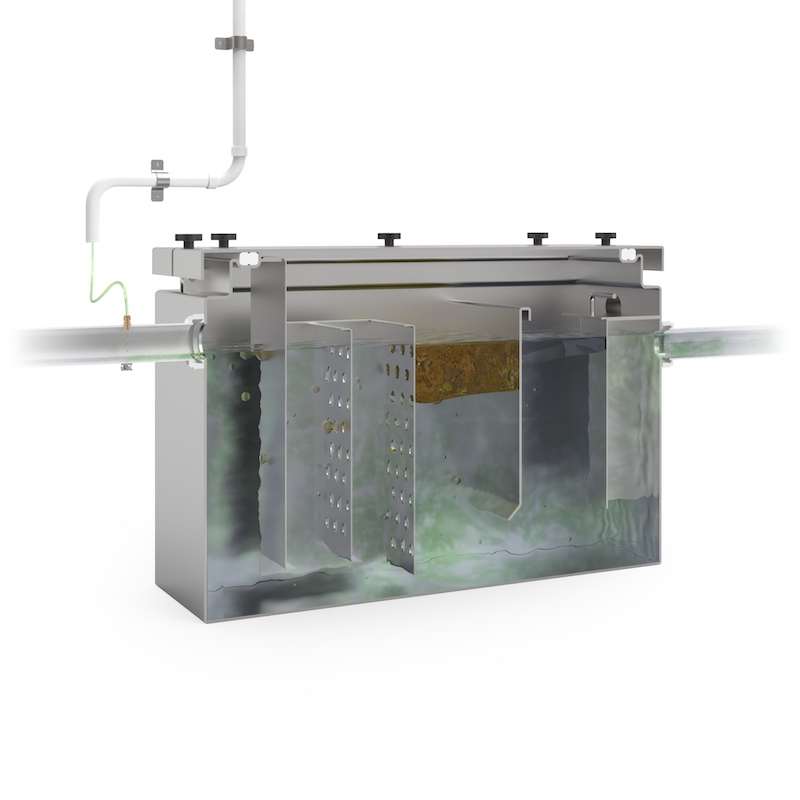What is a Grease Trap?
A grease trap (also known as a grease interceptor) is a plumbing device designed to trap or intercept grease and food waste before it enters a waste water disposal system and public sewers.
How Does An Electric Grease Trap Work?
An electrical grease trap (also known as a GRU) uses a heating element to liquefy fats which rise to the surface. The grease is then scrapped into an external receptacle which is removed by staff and emptied into a bucket for later collection by a waste disposal contractor.
How Does A Passive Grease Trap Work?
As wastewater enters the trap the internal stainless steel baffles reduce the flow allowing the water to cool quickly. Fats and oil then rise to the surface while food particles sink to the bottom. A waste disposal contractor is used to empty the trap which is typicially carried out 4 or 5 times per year.
Why Do I Need a Grease Trap in my Kitchen?
There are two reasons why all Food Service Establishments need a grease trap. (1) It prevents liquid FOG (fats, oils & grease) from entering your plumbing system. (2) It is a legal requirement to restrict your FOG from entering the public sewer.
What Should I Consider When Buying A Grease Trap?
Consider the actual running costs associated with each design. Determine the life span of the unit. Decide if you want a system that requires daily maintenance from staff or infrequent maintenance from a contractor. Ensure the system offers a 100% airtight design to restrict the escape of harmful odours.
How Do I Know if my Grease Trap Needs Replacing?
A grease trap may need to be replaced if it is:
- Leaking
- Gives off bad odours
- Requires frequent maintenance
- Shows signs of rust or structural deterioration
- Too small for the volume of water entering it
How Do I Know if my Grease Trap is Compliant with Industry Standards?
A reputable supplier will ensure your grease trap is compliant with local legislation. This requires a specific submission to Irish Water for each grease trap prior to manufacture and installation. Grease traps must be NSAI / CE certified and must be sized in accordance with IS EN 1825 parts 1 & 2.
What Do Irish Water Require of Me?
Irish Water inspectors require the licensee to regularly monitor, maintain and document the compliance performance of each grease trap on their premises. Failure to present any of the above may result in a notification of non-compliance.
What is a Trade Effluent FOG Licence?
A Trade Effluent FOG licence is a legal requirement for all food operators. You must have an Irish Water Trade Effluent Licence to discharge trade effluent to the public sewer. The licence application fee is a once off annual payment and currently stands at €380.
Can You Contact Irish Water on Behalf of Us?
Yes! We will contact Irish Water to ensure that the BIOTRAP® we have sized for your premisies is approved before installing. We will also apply for your Trade Effluent FOG licence on your behalf as part of our Taylormade service plan.
What Paperwork do I Need to Provide for Inspections?
The following information should be retained for each inspection:
- A copy of the sizing calculation for the grease trap.
- A copy of the manufacturers CE accreditation.
- Design details showing volumes, flow rates etc.
- Dates & times of all maintenance records.
- Waste disposal records from a licenced contractor.
- Copy of a current Trade Effluent FOG Licence
I’ve Just Had an Irish Water Inspection, What Now?
Following an inspection, expect to receive a report from Irish Water which will inform you of your current status e.g. compliant or non-compliant. In the case of non-compliance, a period of time is allowed to address the issues. Failure to do so can result in heavy fines and a forced closure. You can contact our sales team who will be happy to assist you in dealing with any non-compliance issues.
My Inspector Said I Am Non-Compliant. What Now?
Your Irish Water inspector will inform you of the non-compliant issues relating to your grease trap. You will be given a set time to address these issues. You can contact our sales team who will be happy to assist you in dealing with any non-compliance issues.
How Often Do I Need to Empty my Grease Trap?
Waste water regulations and IS EN 1825 parts 1 & 2 states that all grease traps should be emptied when “25% of its volume is occupied by FOG” (fats, oils & grease). As a guideline, the above regulations require all untreated grease traps to be de-sludged, emptied and cleaned at least 4 times per year. This may be reduced to 2 per year for treated grease traps.
What’s Involved with Emptying A Grease Trap?
Approved and professional cleaning is carried out using mechanical pumping equipment. A licensed waste disposal contractor will use a powerful vacuum truck and hose to remove the FOG (fats, oils & grease), greywater, and food waste in one action. Depending on the size of the grease trap, this operation can take 30 minutes to an hour.
What is a Waste Disposal Certificate?
A waste disposal certificate is a document outlining the volume, weight and type of grease that was removed from your grease trap. A certificate is issued by the waste disposal contractor every time the grease trap is emptied. This certificate should be kept with the cleaning record and presented to Irish Water during their inspection.
How Do I Know When The Trap Needs Emptying?
You are legally required to ensure your grease trap is emptied when 25% of the volume is occupied by FOG (fats, oils and grease). This requires frequent inspections and excellent record-keeping by a diligent member of staff. Alternatively, you can put the grease trap on an SLA (Service Level Agreement) which will ensure the trap never exceeds the permitted levels and is always maintained in compliance with industry standards.
What Else is Involved in Maintaining A Grease Trap?
Inspectors will need to take a 1-litre water sample from the grease trap. This will be analyzed for permissible levels of FOG, BOD, COD, pH levels etc. Therefore a sample tap installed on the outlet end of the grease trap is required. In addition, if a chemical treatment is being used to digest FOG (fats, oils & grease), it must have DCC and Irish Water approval.
Do I Need to be Present When the Trap Is Emptied?
It is not necessary for you to be present when the grease trap is being emptied but it is highly recommended. This allows you to get an accurate understanding of the waste foods and oils that are being disposed of on your premises. Before and after photographs are provided with all taylormade SLA’s (Service Level Agreements).
Do I Need to Treat my Grease Trap?
Treating your drains and grease trap with a bacterial additive is not a legal requirement. However, extensive independant studies have shown that approved and licensed treatments significantly reduce the buildup of FOG (fats, oils & grease) in pipes, drains and grease traps. This is turn reduces the frequency of expensive cleaning which justifies the cost of treatment.
Do I Need to Treat the Grease Trap Myself?
Yes. Bacterial treatments are safe to handle and enviornmentally friendly. However, automated dosing via a digital peristaltic pump is recommended as it eliminates human error and ensures consistent, accurate and timed dosing each day.
Do you Supply Products That Treat Slow Drains & Sinks?
Yes. All our bacterial products are licensed and DCC / Irish Water approved. See more.
How Does the Fat Attack Treatment Work?
Simply put, approved bacterial treatments digest grease and other organic waste to prevent FOG (fats, oils & grease) from blocking plumbing systems and grease traps. The bacteria breaks down the structure of the fatty acids turning it from a solid to a liquid.
Can I Use Fat Attack to Treat our Waste Water Sump?
Yes. FOG (fats, oils & grease) can quickly and easily build up on the moving parts of wastewater treatment plants and sump pumps. BIO BLOCK slowly releases a bacterial treatment to eliminate grease build-up and prolongs the life of expensive pumping equipment. See more.
How do I Prevent Fat From Going Down Our Floor Drains?
Water from mop buckets should not be dispensed into the floor drains. Use a good quality bacterial floor cleaner to eliminate grease build-up. See more.
